global prehistory + ancient mediterranean
1/40
There's no tags or description
Looks like no tags are added yet.
Name | Mastery | Learn | Test | Matching | Spaced |
|---|
No study sessions yet.
41 Terms
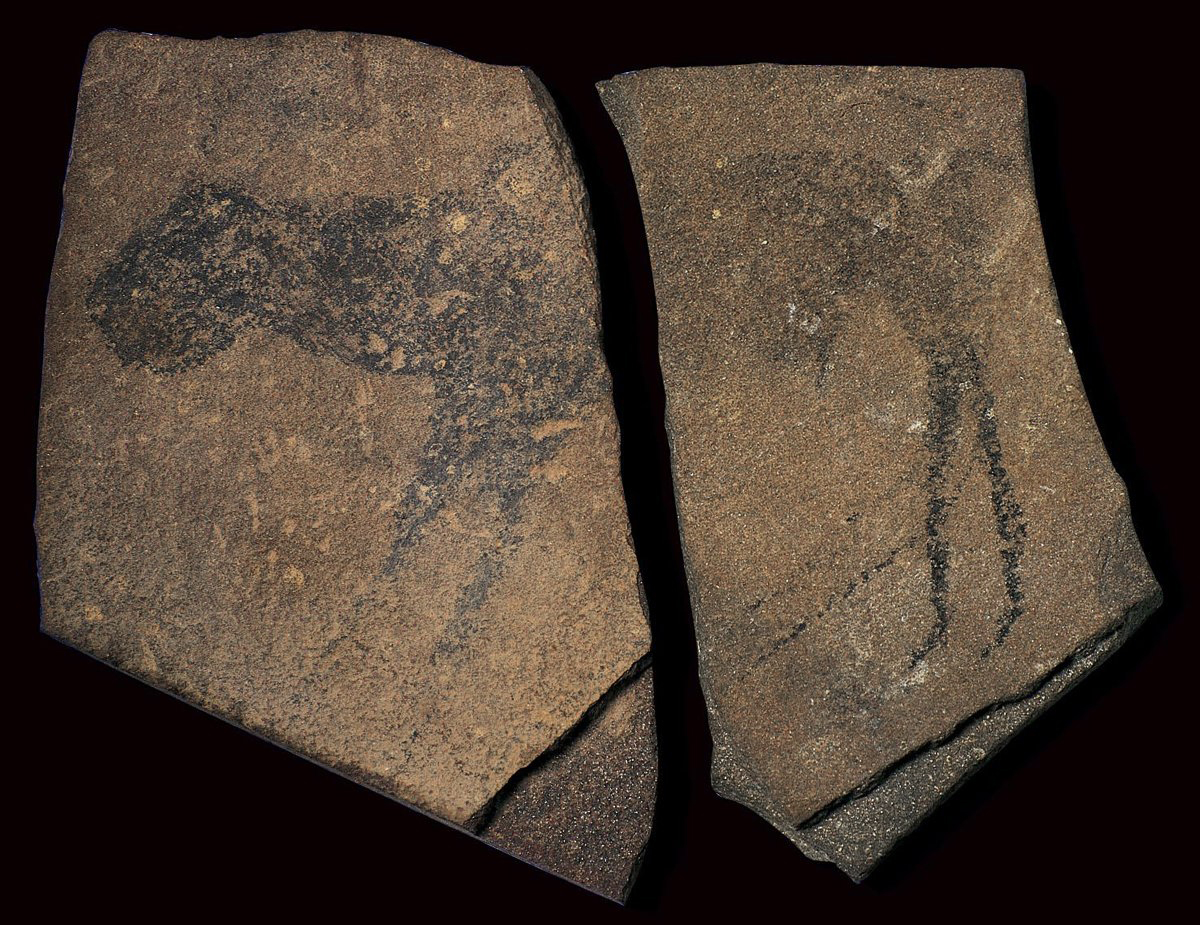
(4)
Apollo 11 Stones
Namibia
25,500 ~ 25,300 BCE
charcoal on stone
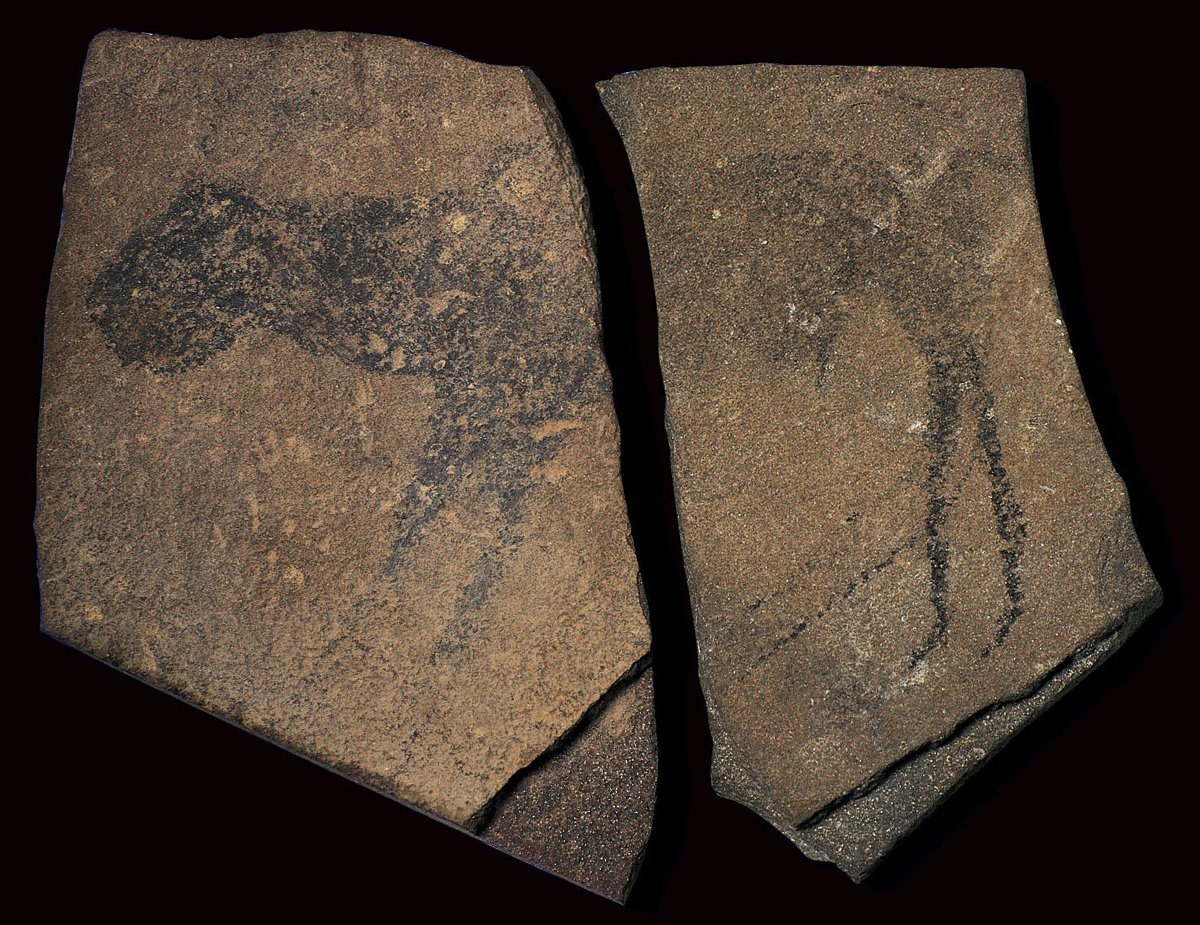
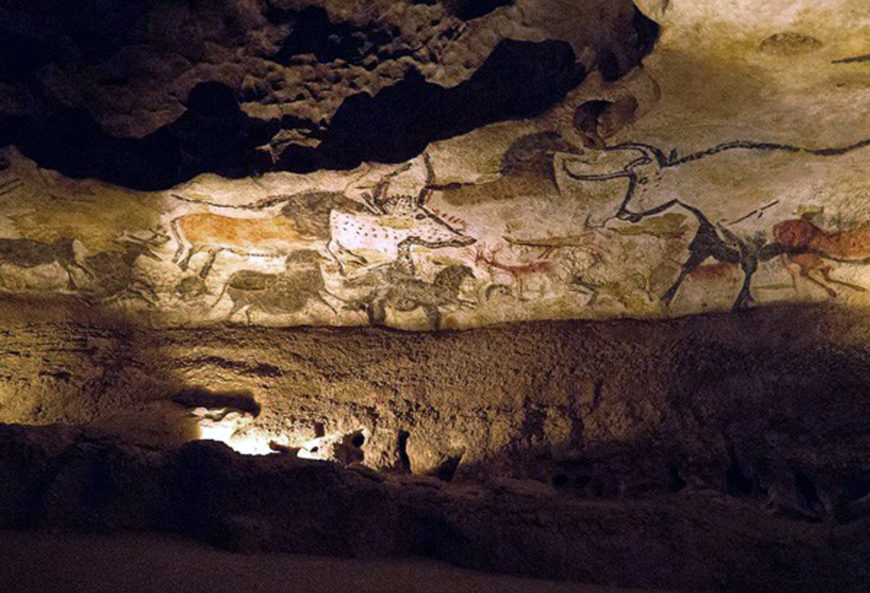
(5)
Great Hall of the Bulls
Lascaux, France
Paleolithic (Europe)
15.000 ~ 13.000 BCE
rock painting
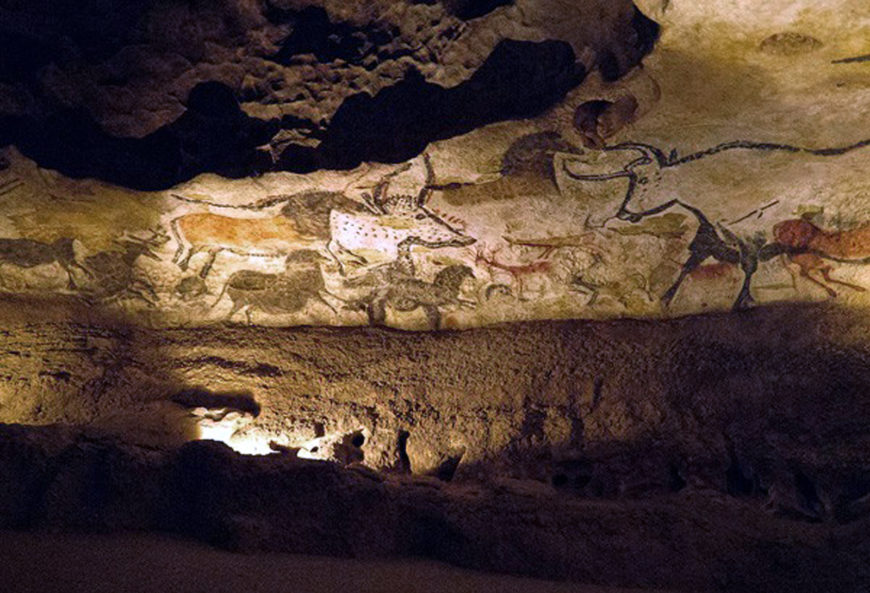
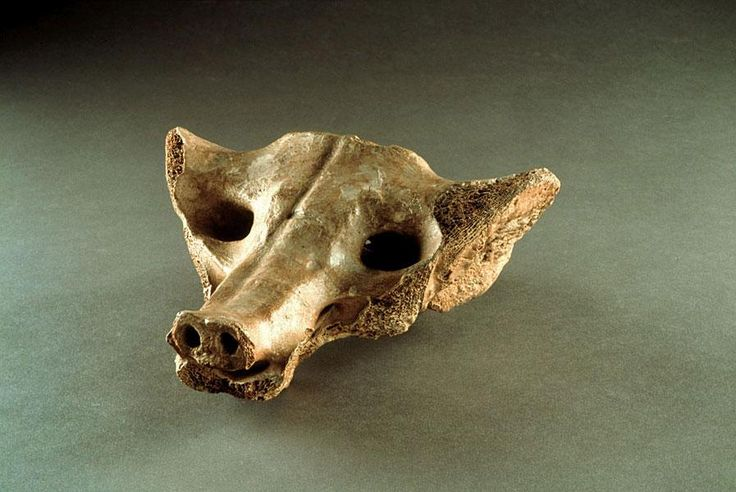
(4)
Camelid sacrum in the shape of a canine
Tequixquiac, central Mexico
14.000 ~ 7.000 BCE
bone

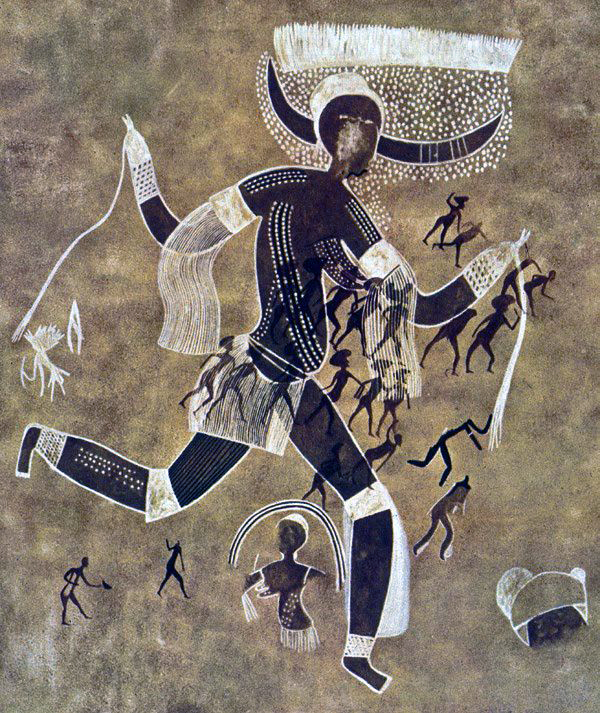
(4)
Running horned woman
Tassili n-Ajjer
6.000 ~ 4.000 BCE
pigment on rock

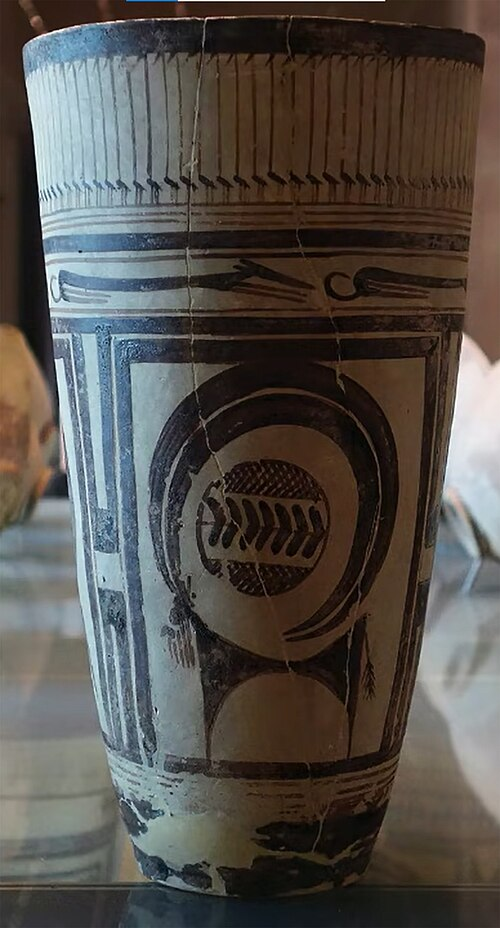
(4)
Beaker with ibex motifs
Susa, Iran
4.200 ~ 3.500 BCE
painted terra cotta
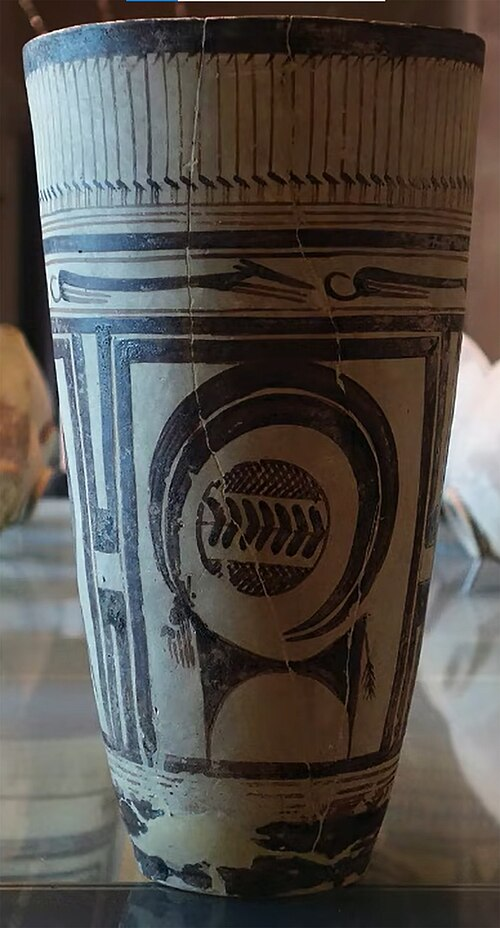
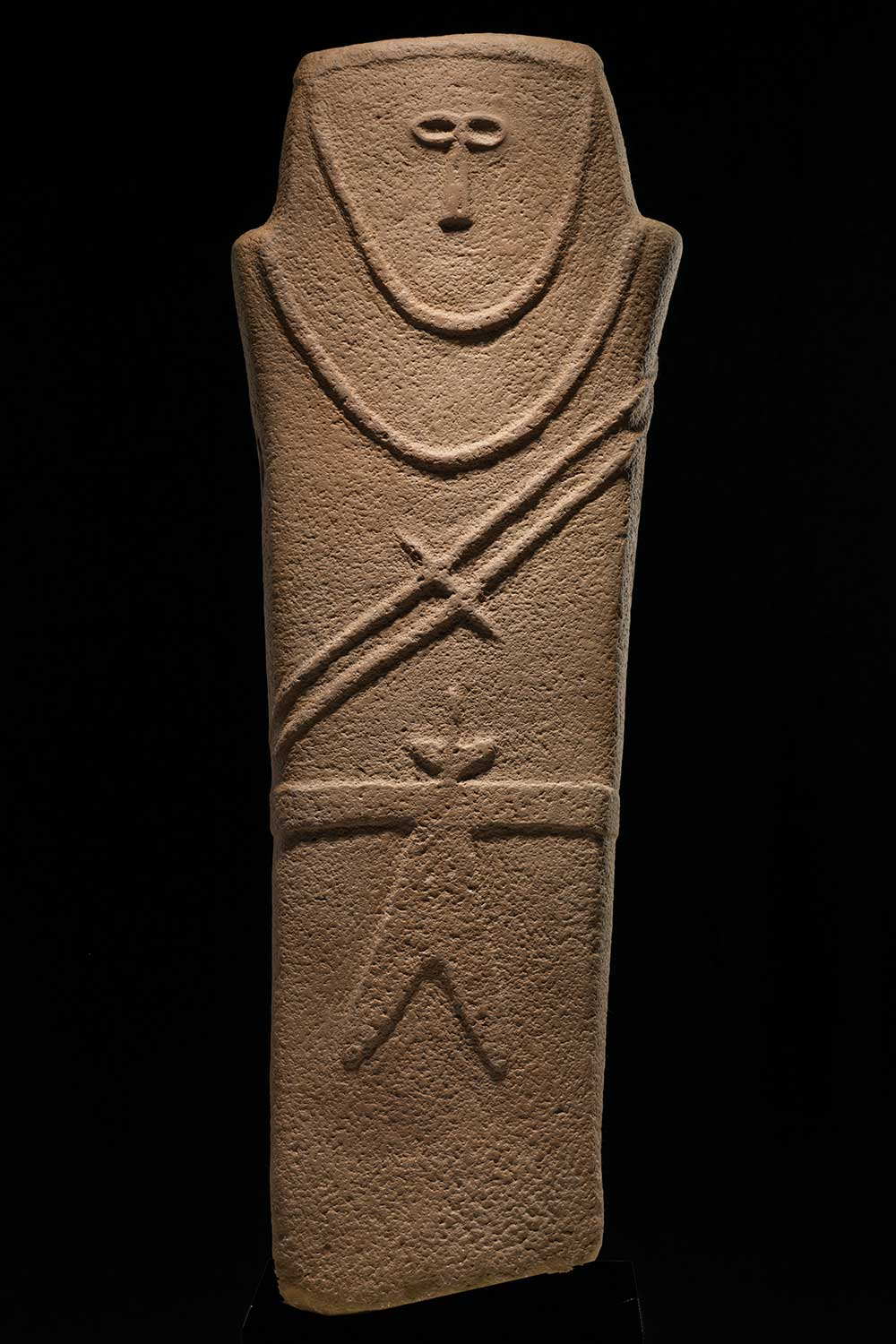
(4)
Anthropomorphic stele
~Ha’il, Arabian Peninsula
fourth millennium BCE
sandstone
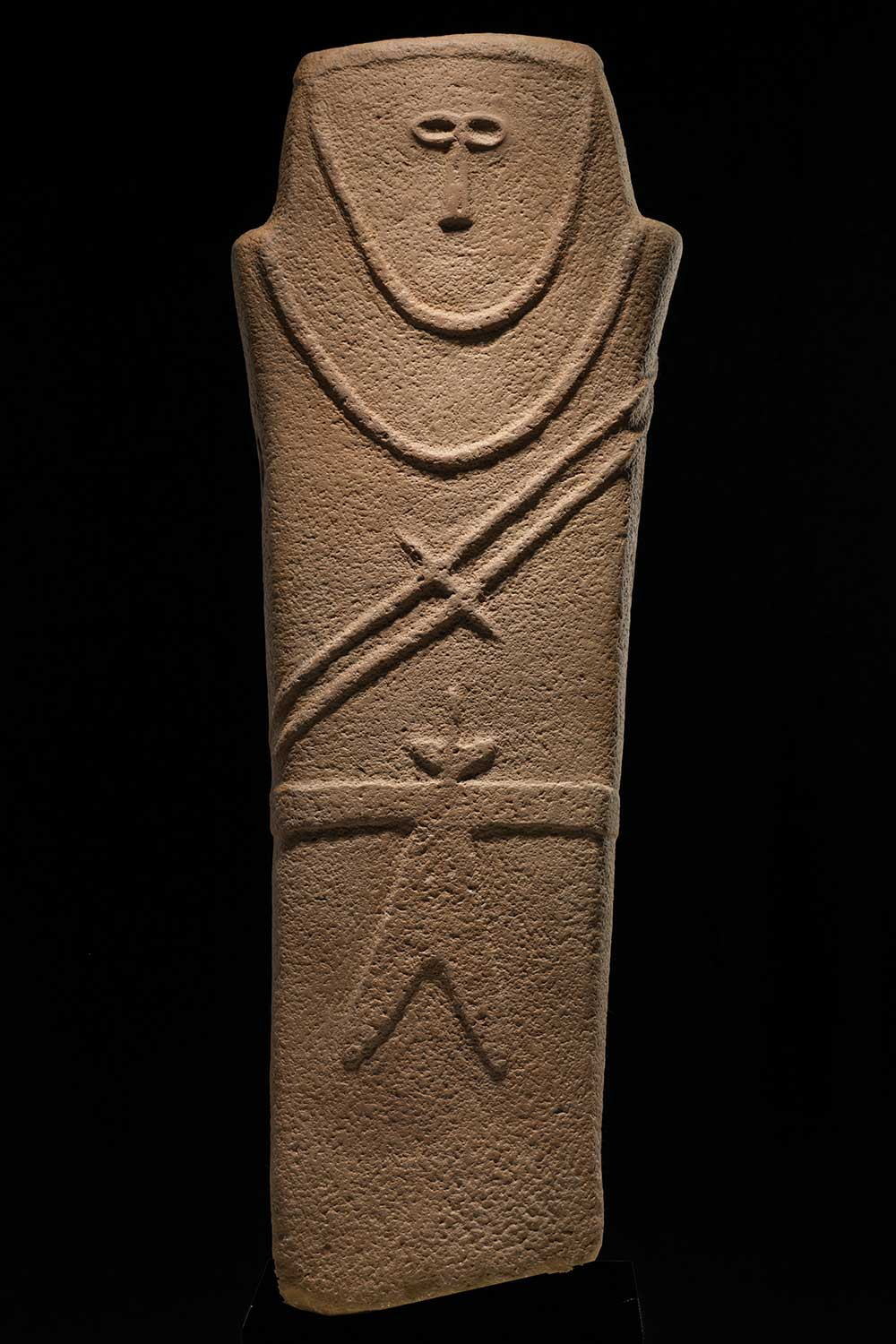
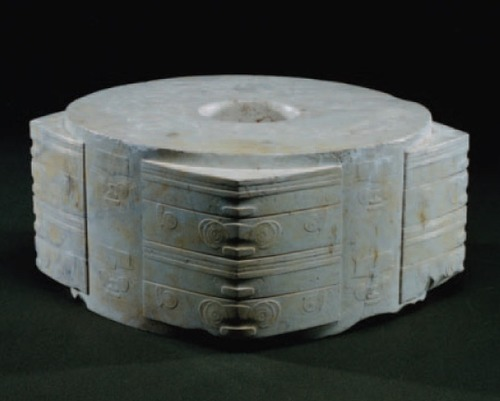
(4)
Jade cong
Liangzhu, China
3.300 ~ 2.200 BCE
carved jade
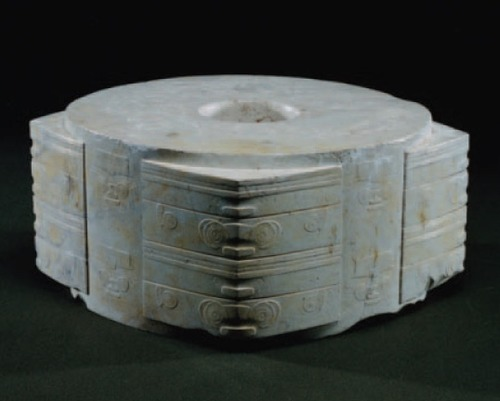
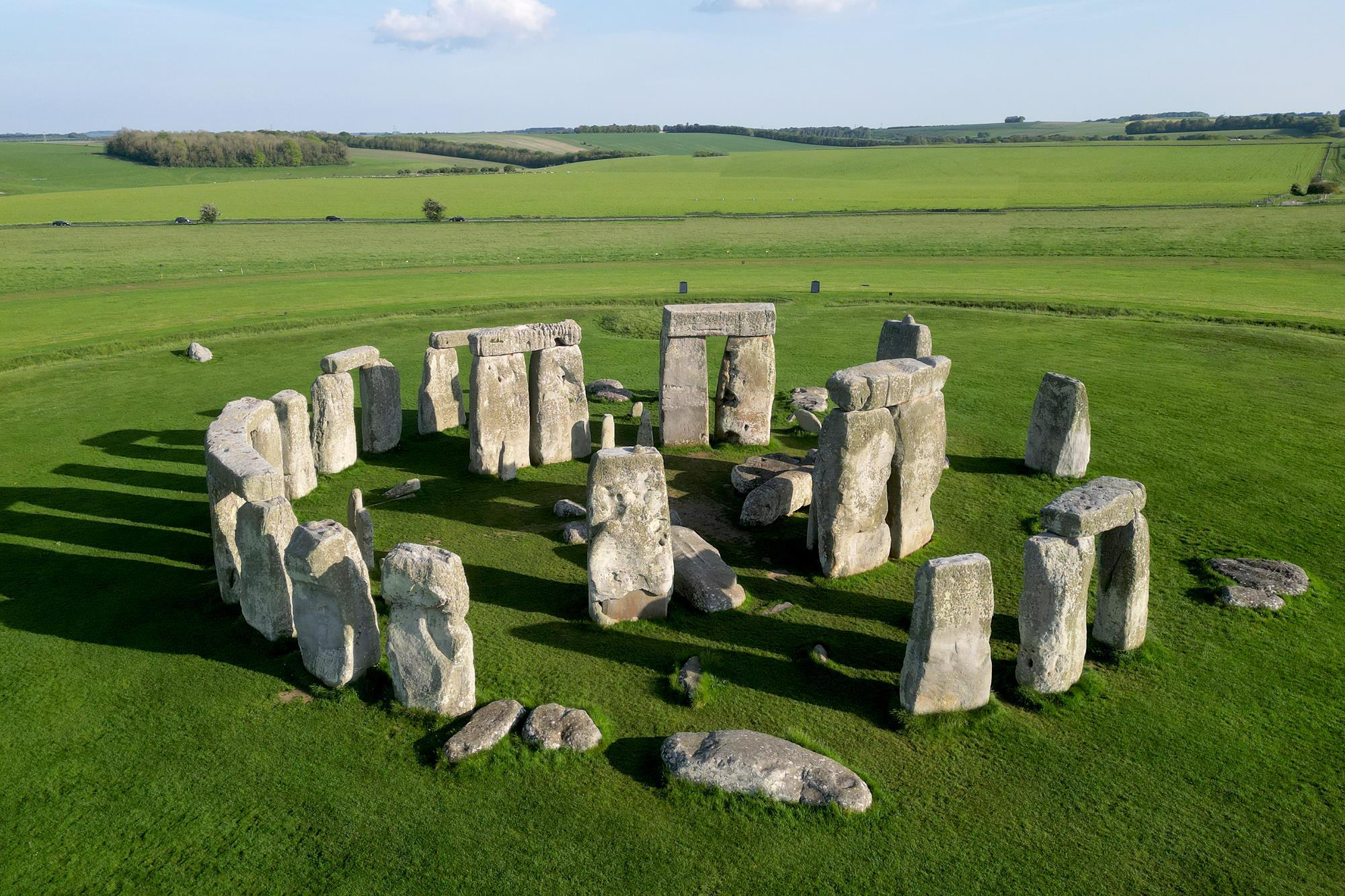
(5)
Stonehenge
Wiltshire, UK
Neolithic (Europe)
2.500 ~ 1.600 BCE
sandstone
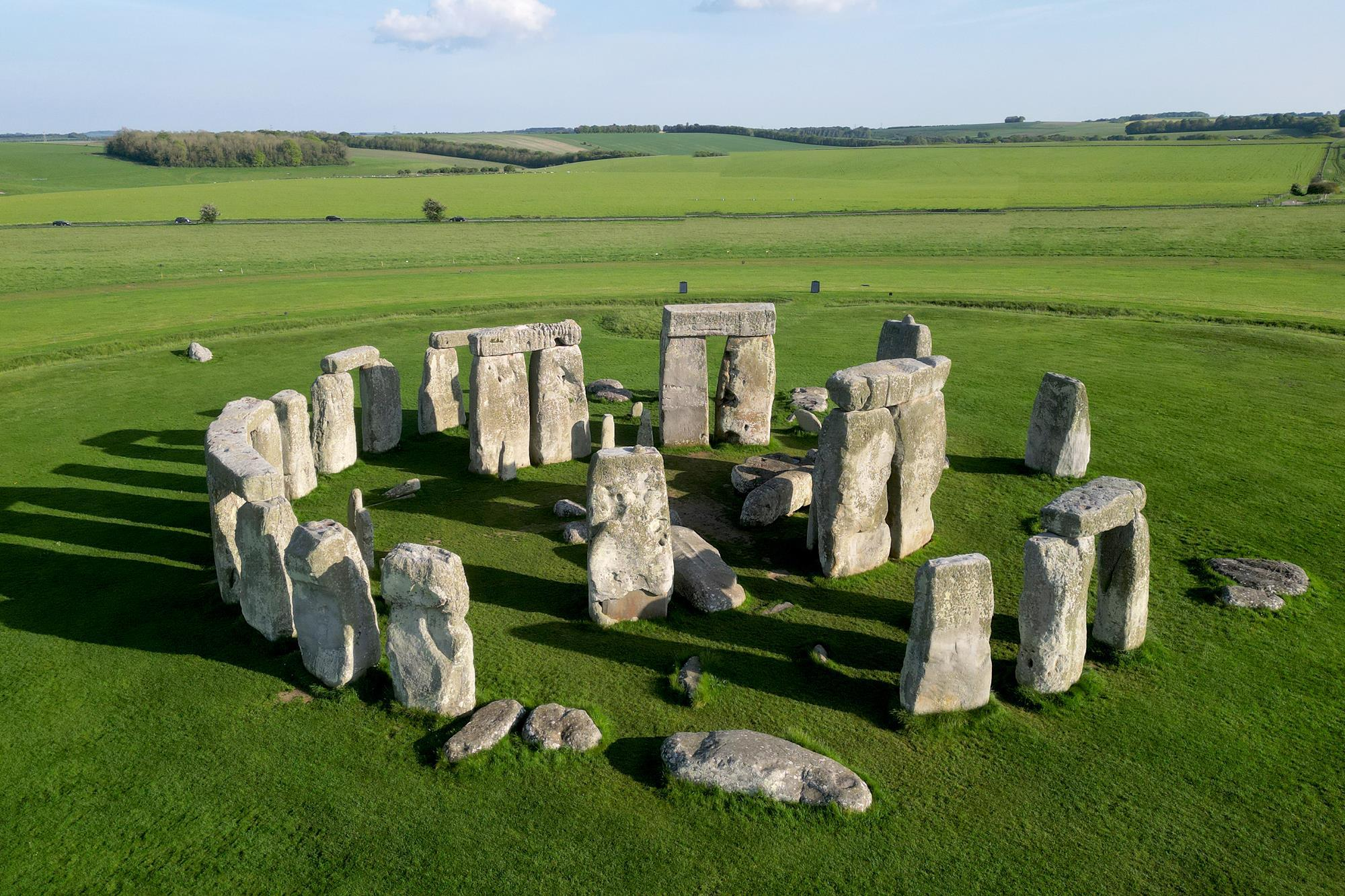

(4)
The Ambum stone
Ambum Valley, Enga Province, Papua New Guinea
c. 1500 BCE
greywacke
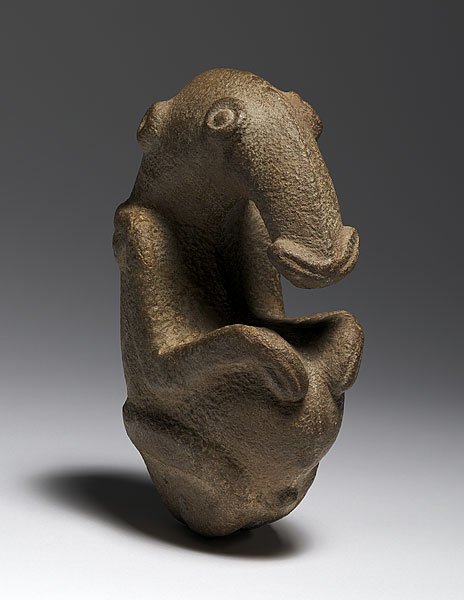
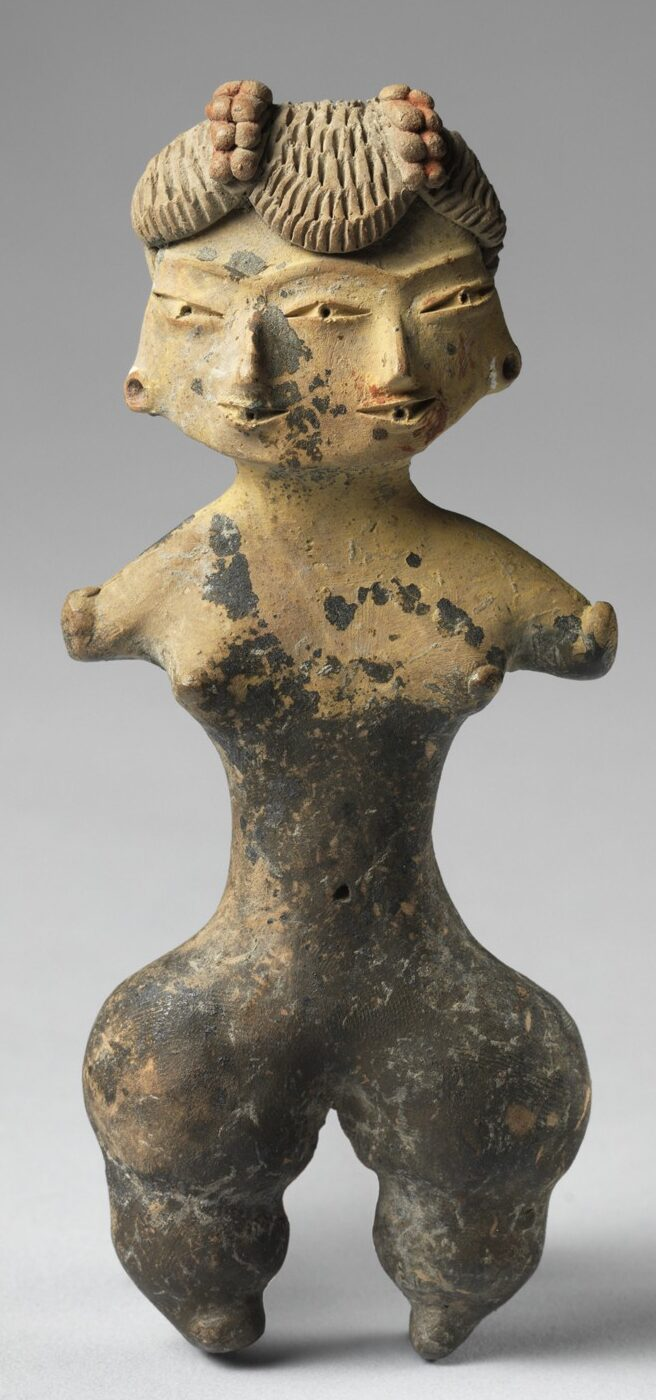
(4)
Tlatilco female figurine
central Mexico (site of Tlatilco)
1200 ~ 900 BCE
ceramic
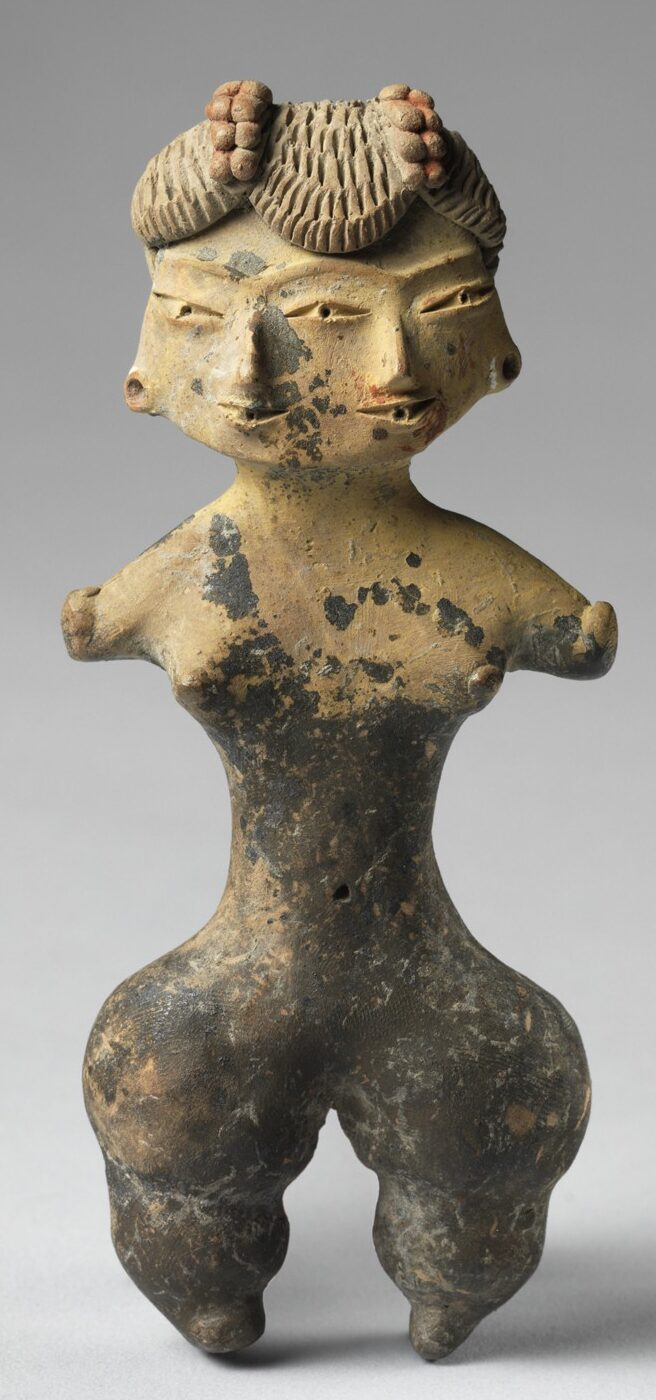
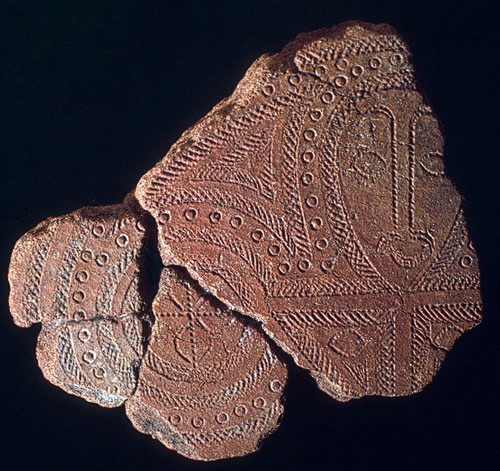
(5)
Terra cotta fragment
Lapita culture
Reef Islands, Solomon Islands
1000 BCE
terra cotta (incised)

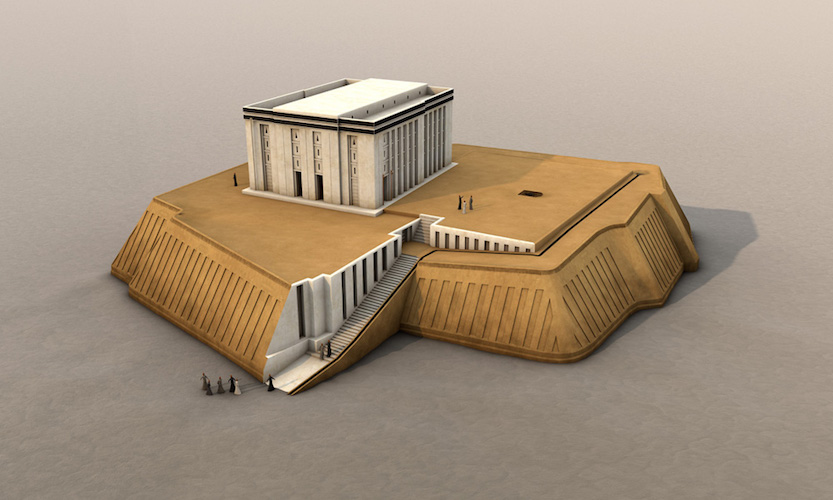
(4)
White Temple and its ziggurat
Uruk (modern Warka, Iraq)
Sumerian (culture)
3.500 ~ 3.000 BCE
mud brick
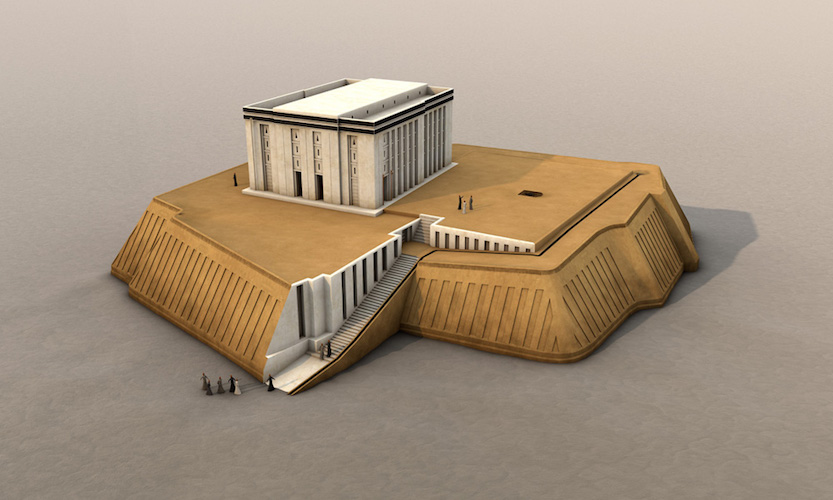
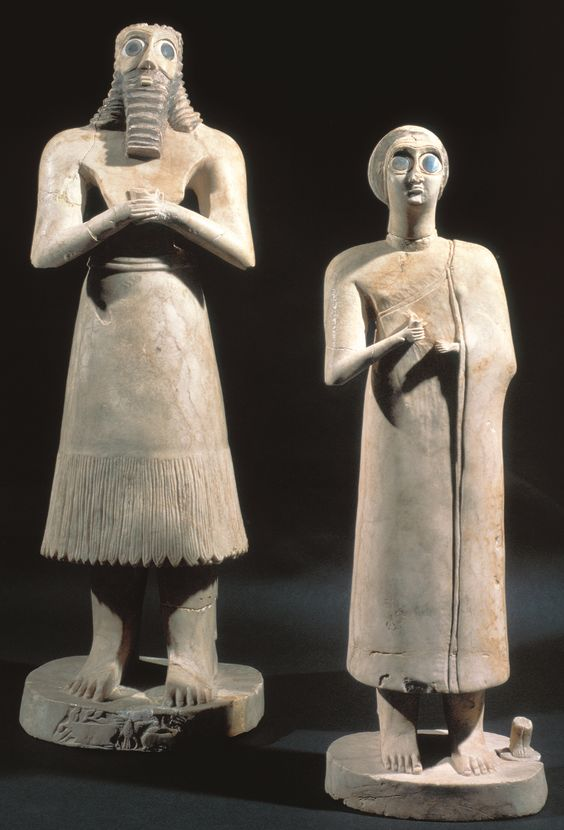
(4)
Statues of votive figures (from the Square Temple at Eshnunna in modern Tell Asmar, Iraq)
Sumerian (culture)
c. 2700 BCE
gypsum inlaid with shell and black limestone
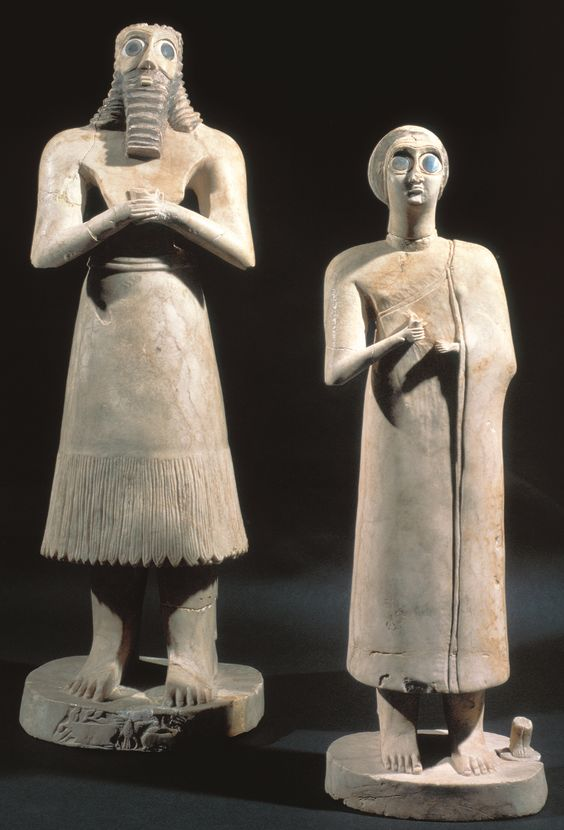
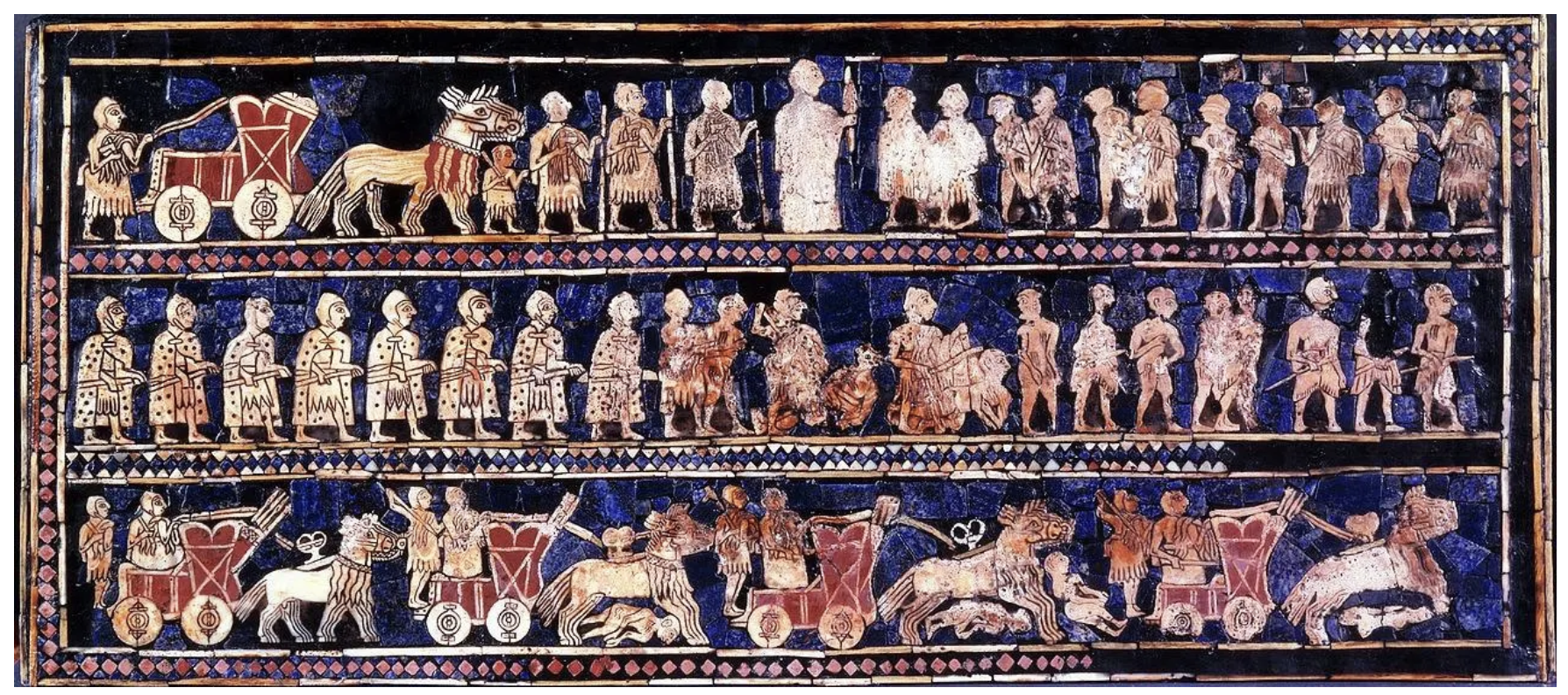
(4)
Standard of Ur (from the Royal Tombs at Ur (in modern Tell el-Muqayyar, Iraq))
Sumerian (culture)
c. 2600 ~ 2400 BCE
wood inlaid with shell, lapis lazuli, and red limestone
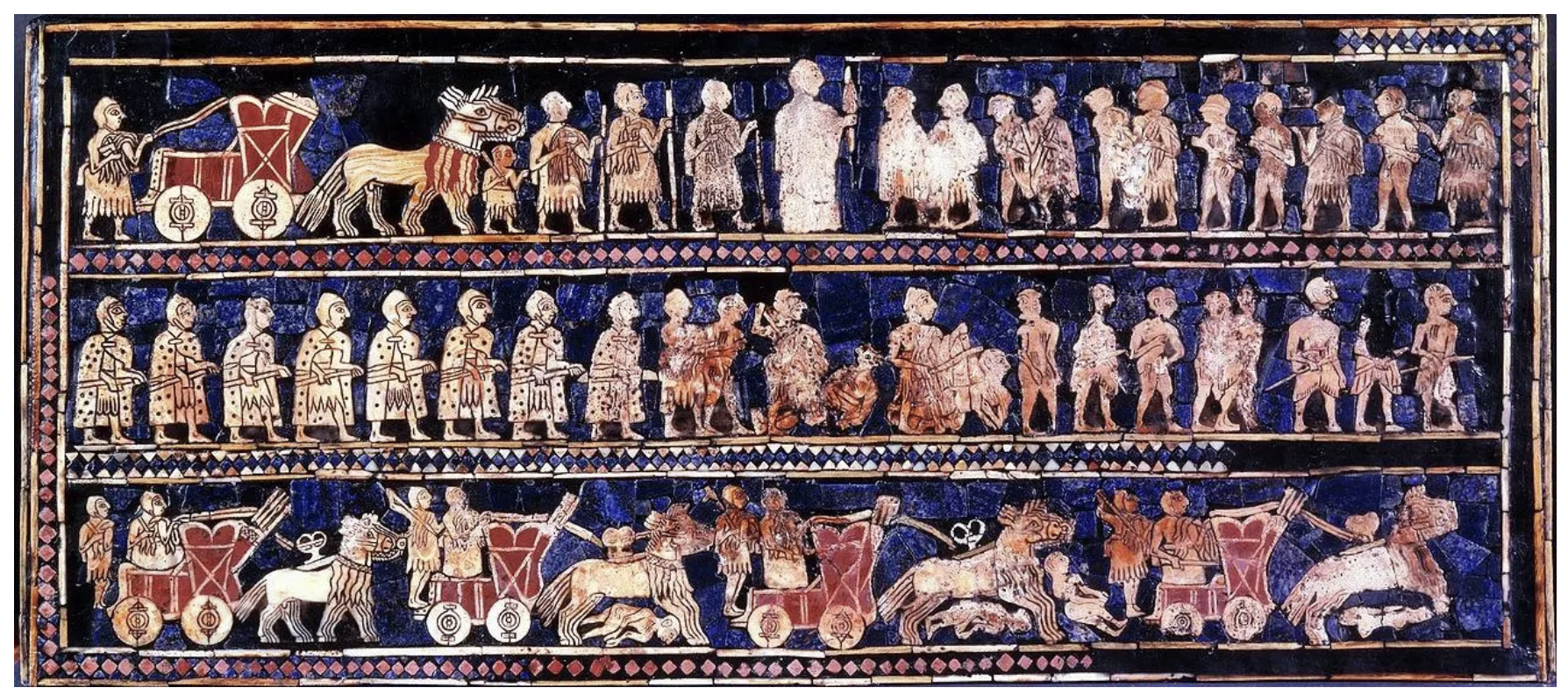

(5)
Code of Hammurabi
Babylon (modern Iran)
Susian (culture)
c. 1792 ~ 1750 BCE
basalt
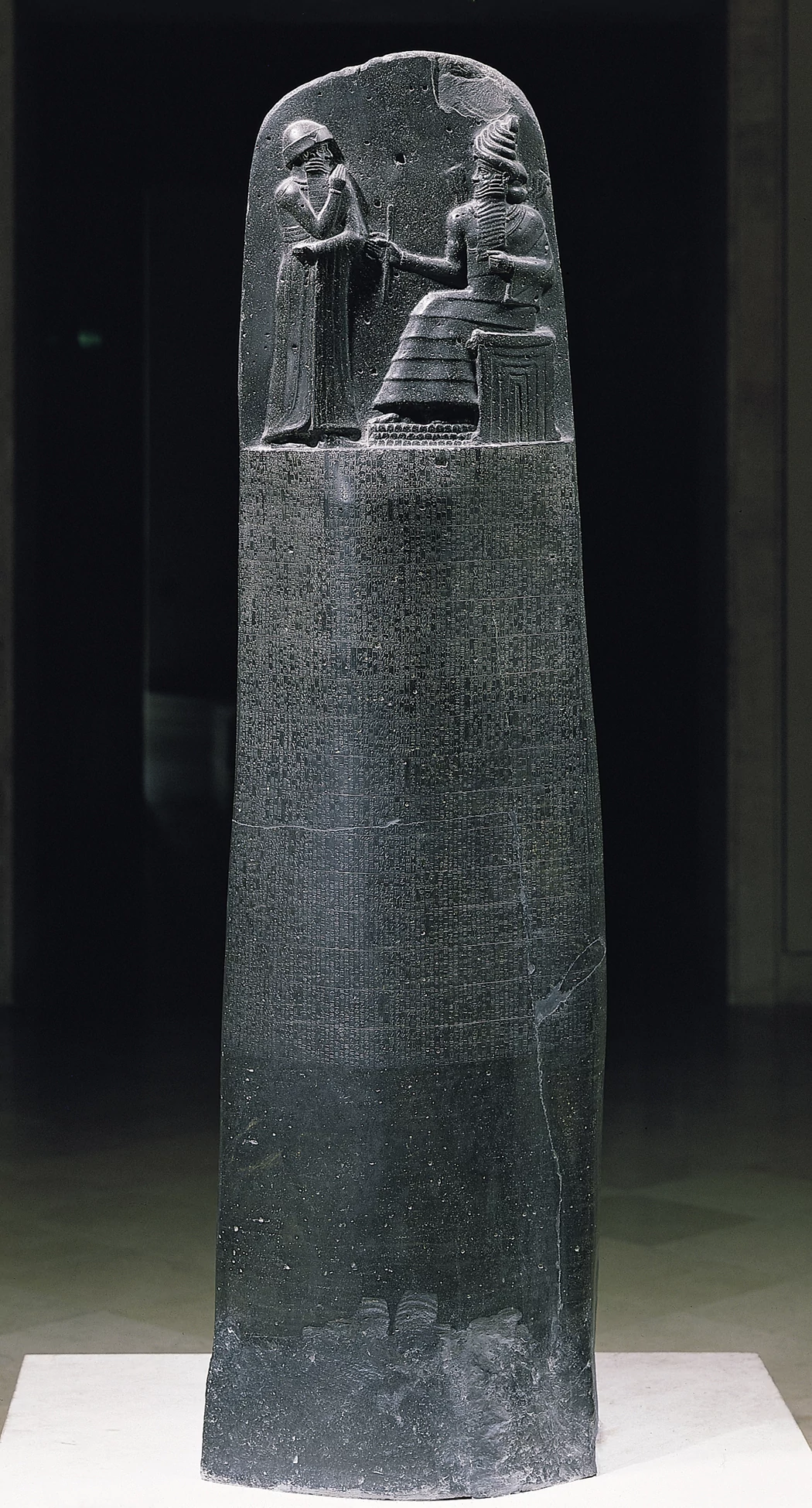
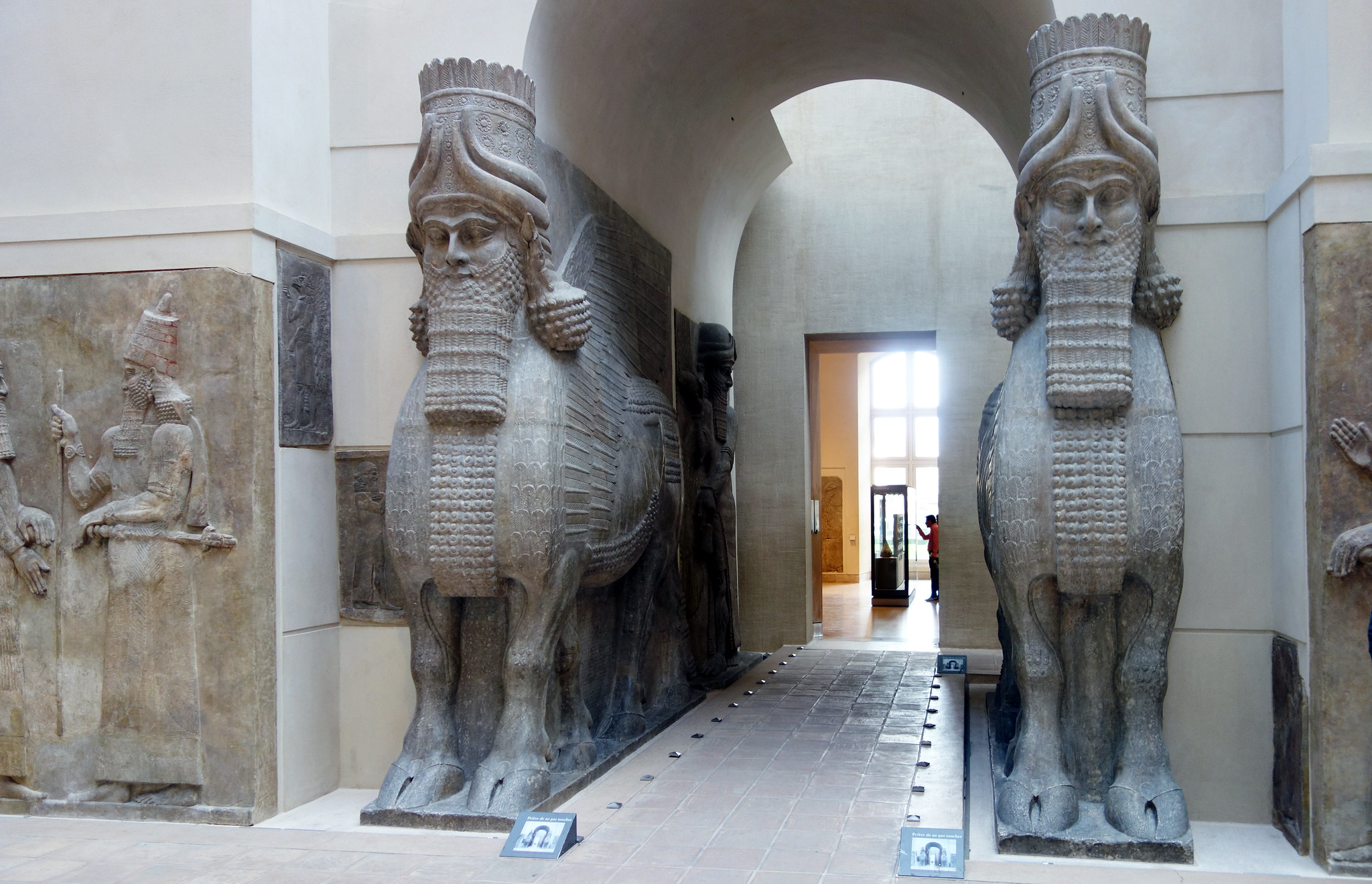
(4)
Lamassu (from the citadel of Sargon II, Dur Sharrukin (modern Khorsabad, Iraq))
neo-Assyrian
c. 720 ~ 705 BCE
alabaster
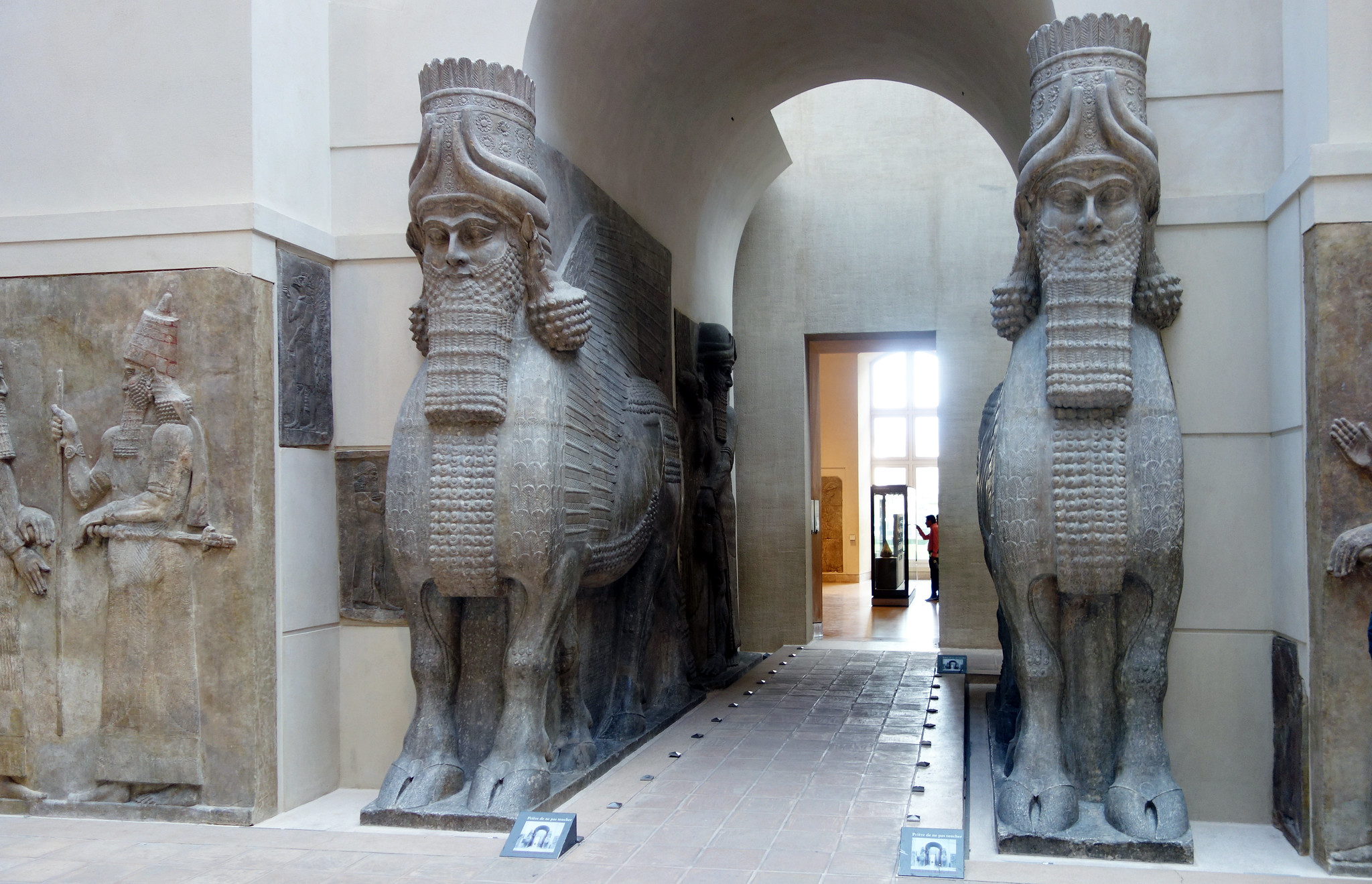
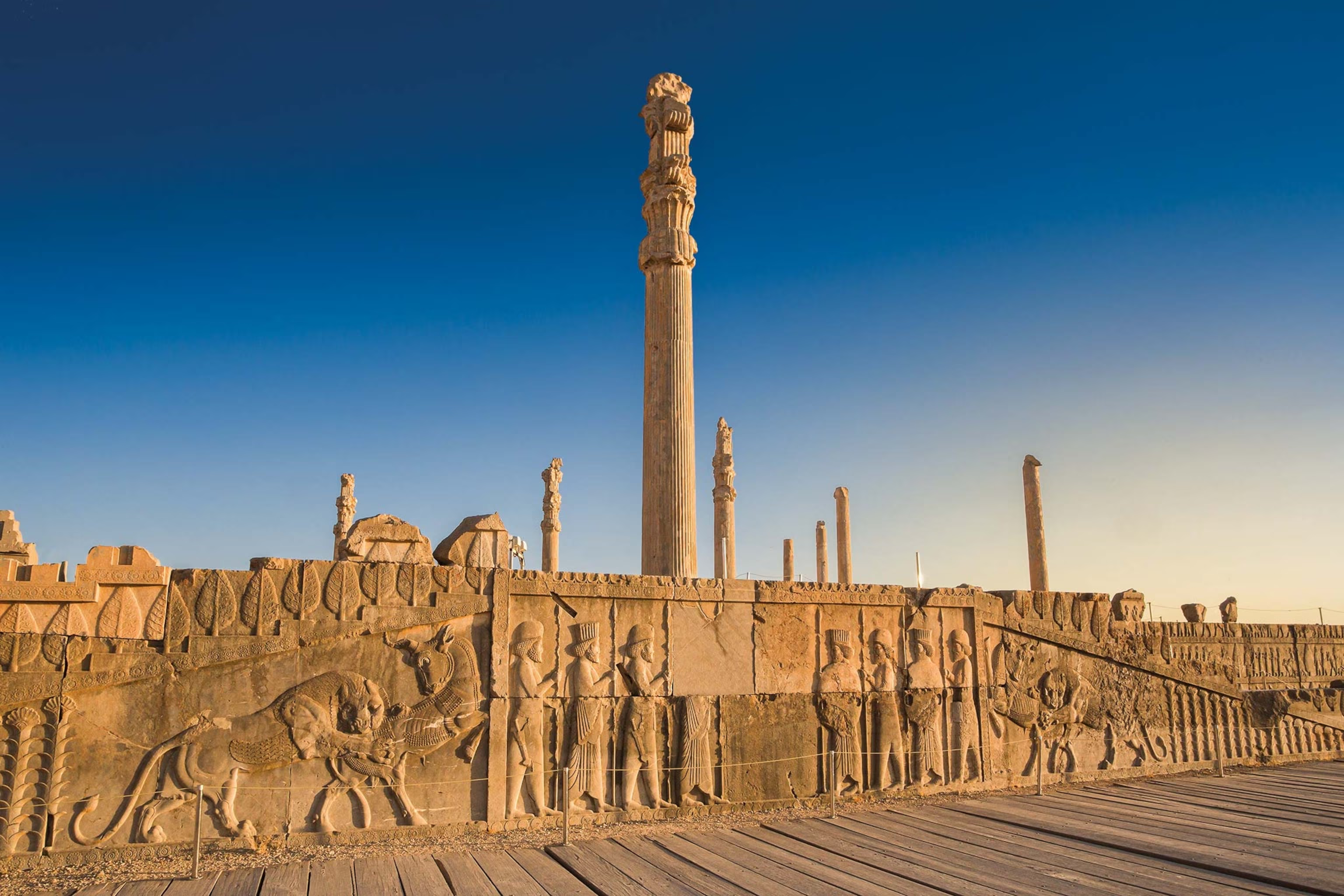
(5)
Audience Hall (apādana) of Darius and Xerxes
Persepolis, Iran
Persian (culture)
c. 520 ~ 465 BCE
limestone
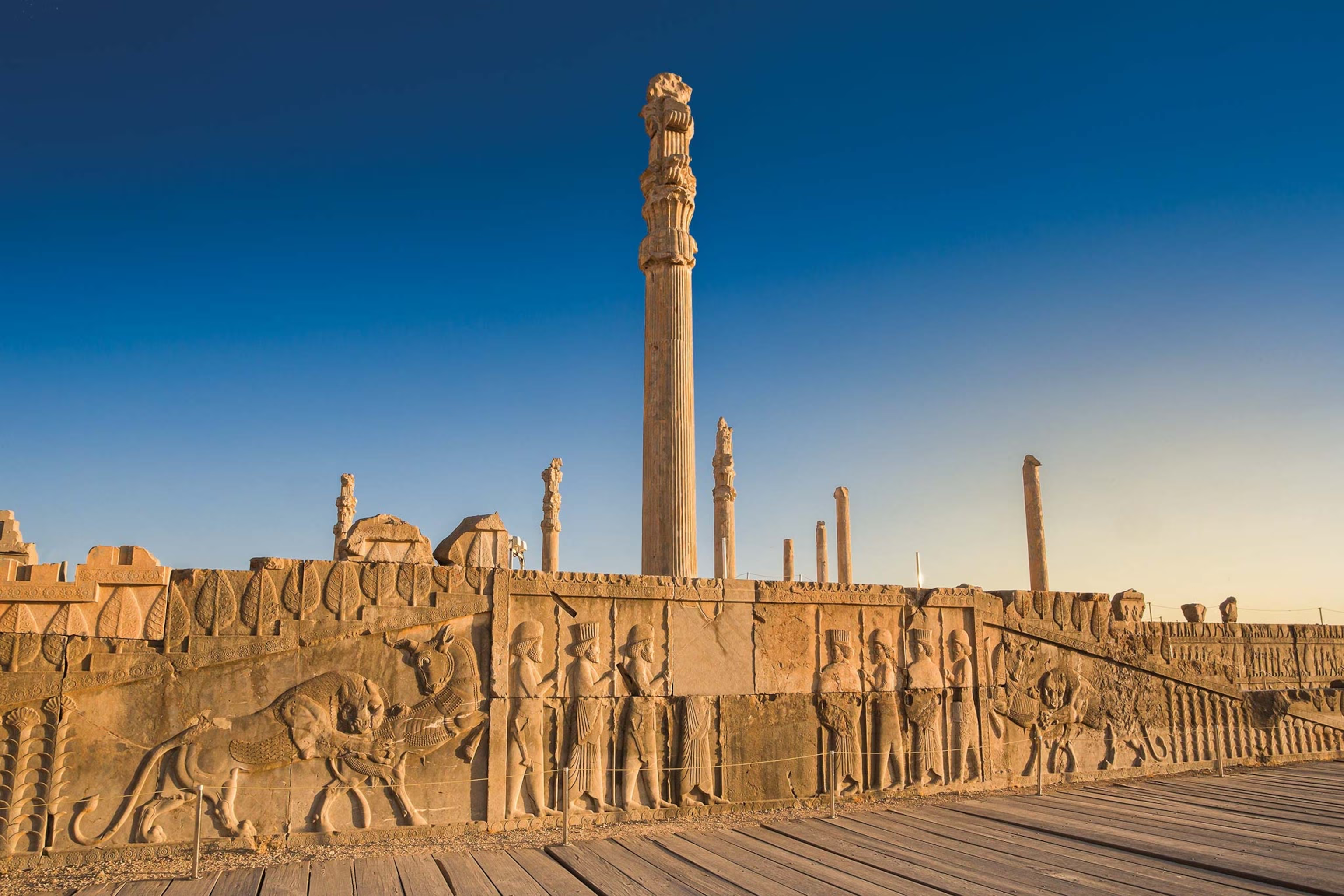
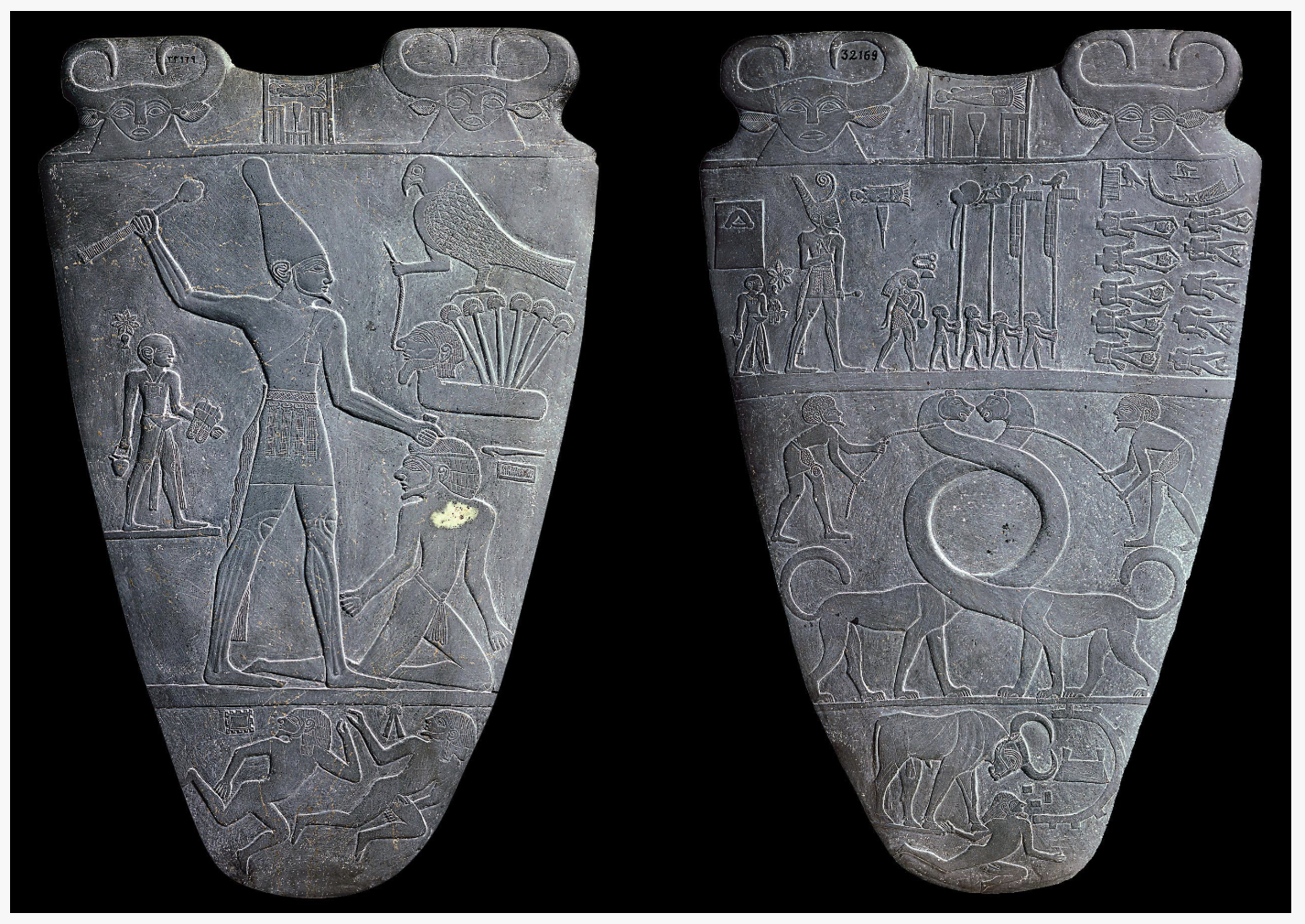
(4)
Palette of King Narmer
Predynastic Egypt
c. 3000 ~ 2920 BCE
greywacke
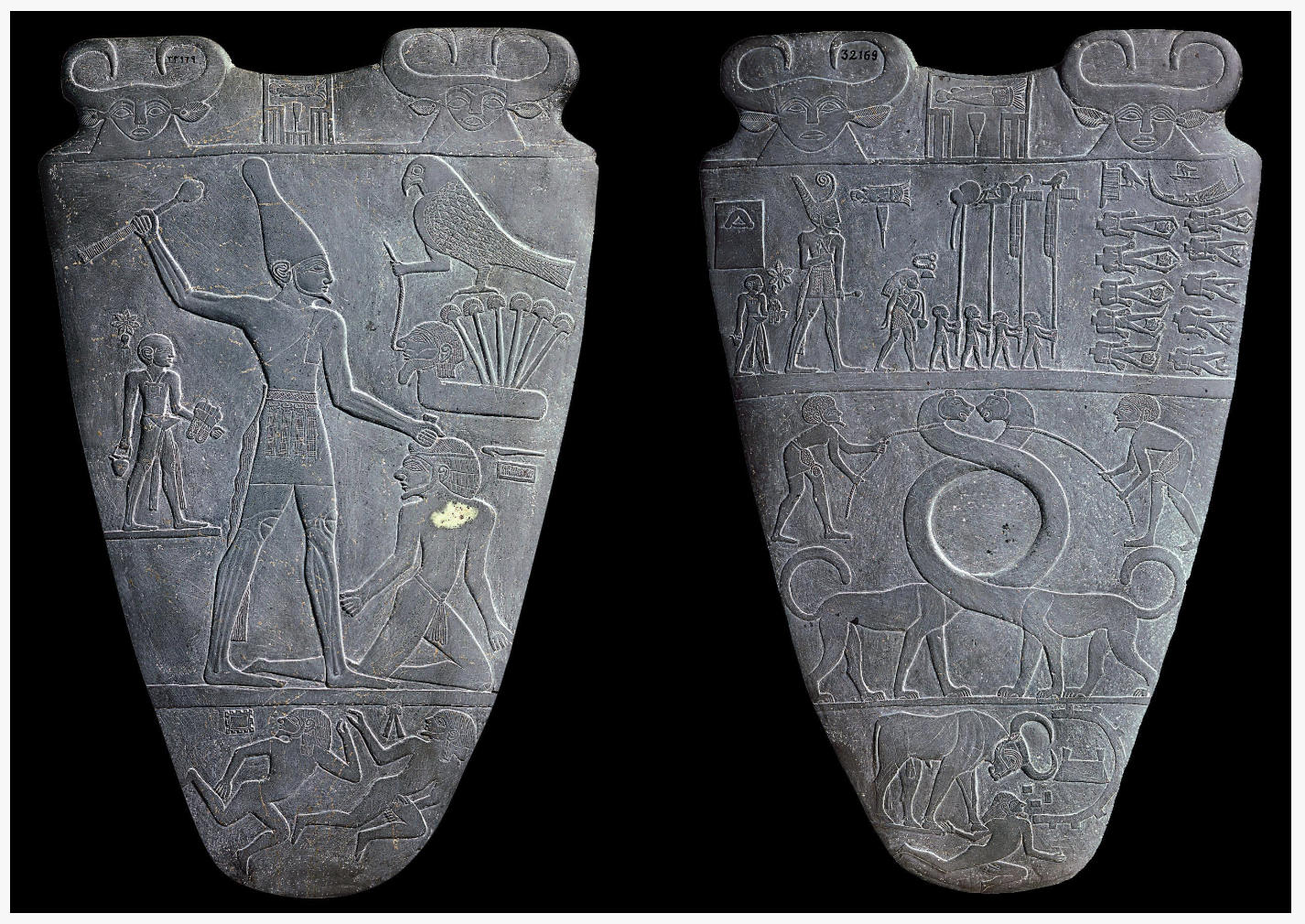
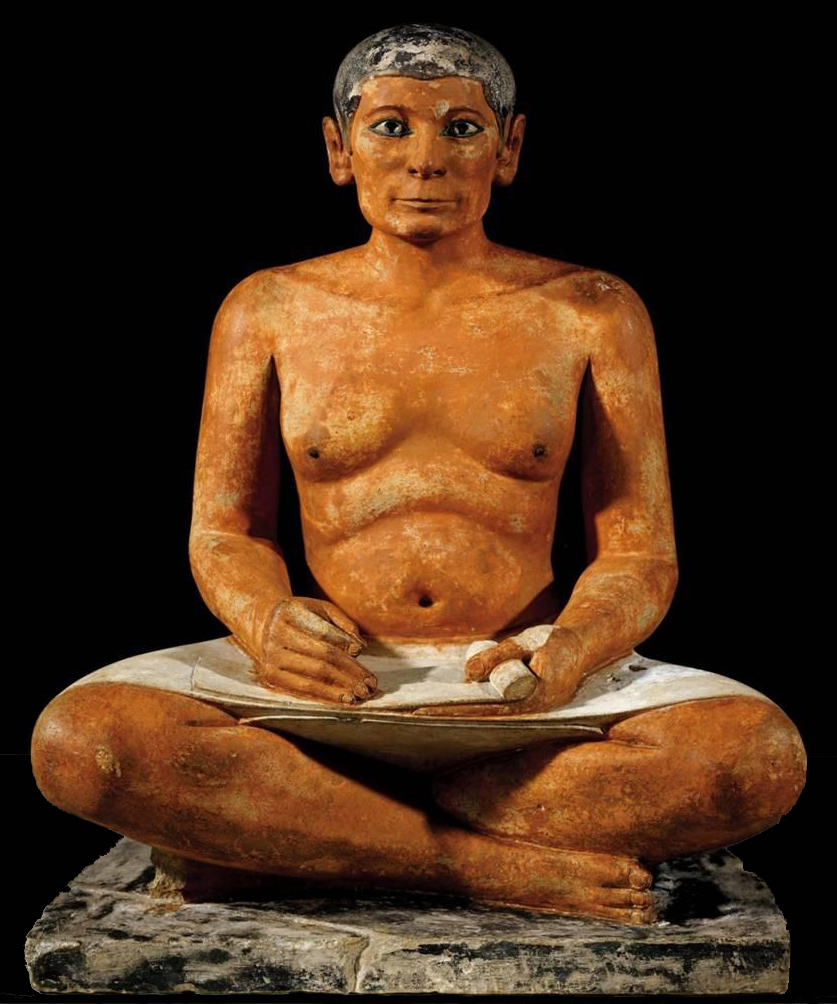
(5)
Seated Scribe
Saqqara, Egypt
Old Kingdom, Fourth Dynasty
c. 2620 ~ 2500 BCE
painted limestone
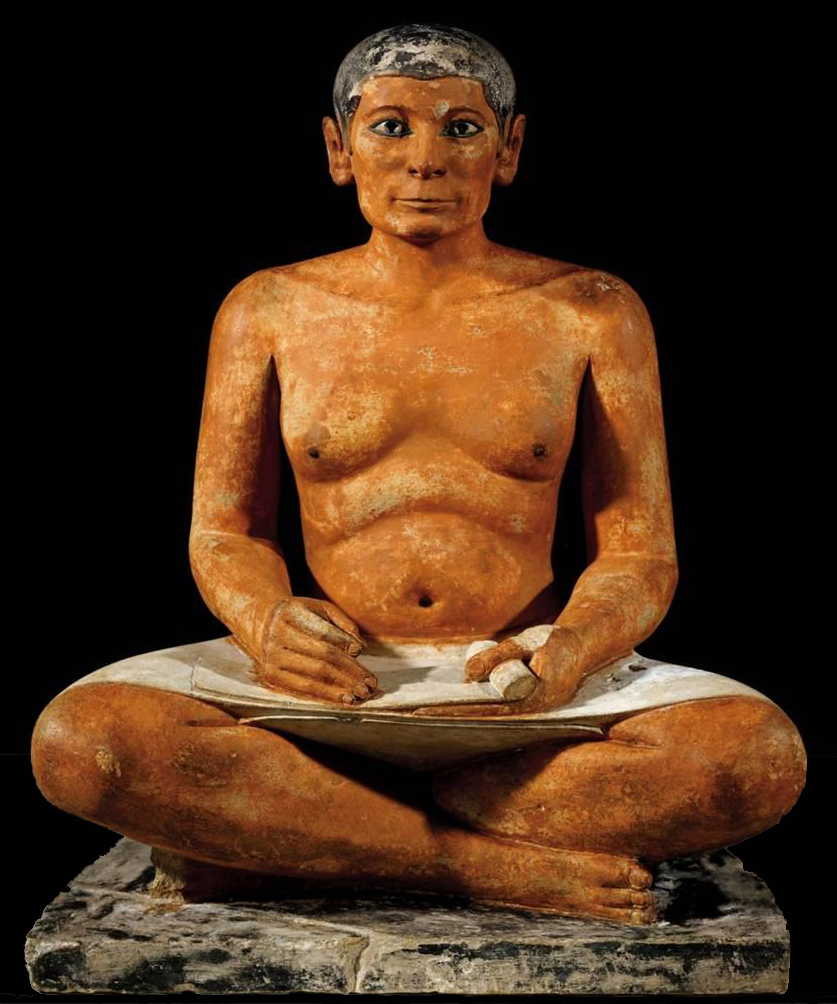
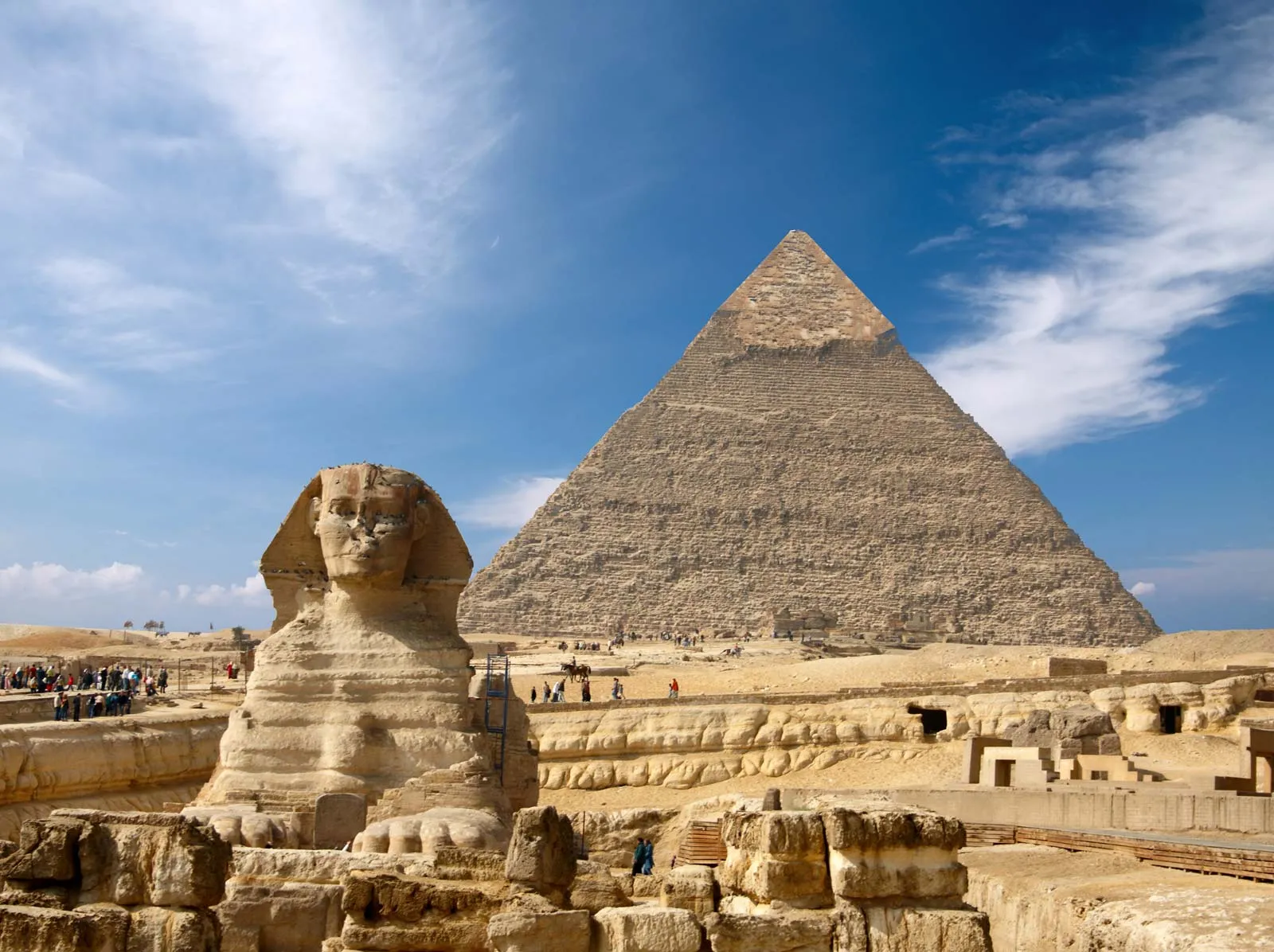
(5)
Great Pyramids (for Menkaura, Khafre, Khufu) and Great Sphinx
Giza, Egypt
Old Kingdom, Fourth Dynasty
c. 2550 ~ 2490 BCE
cut limestone
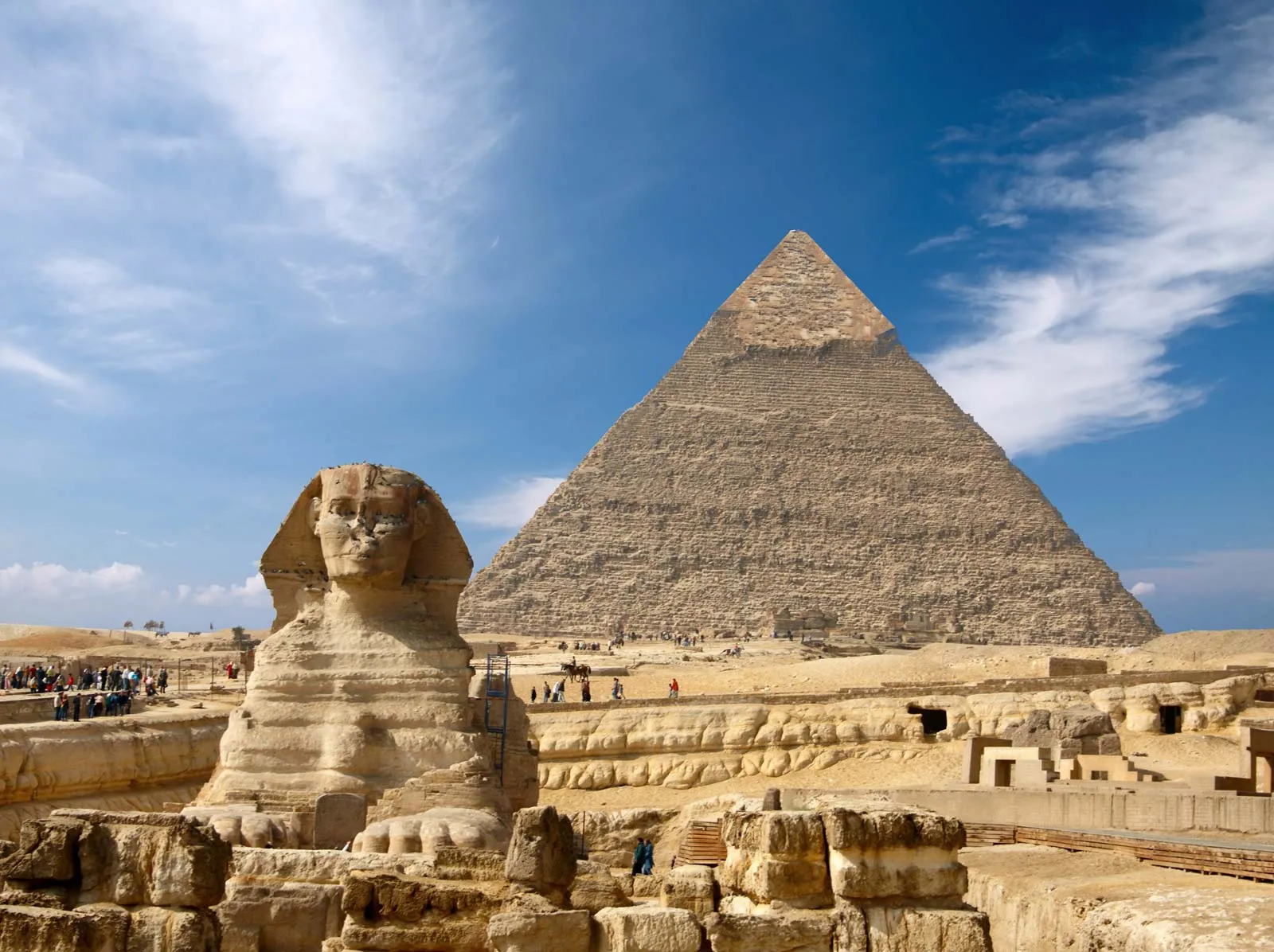
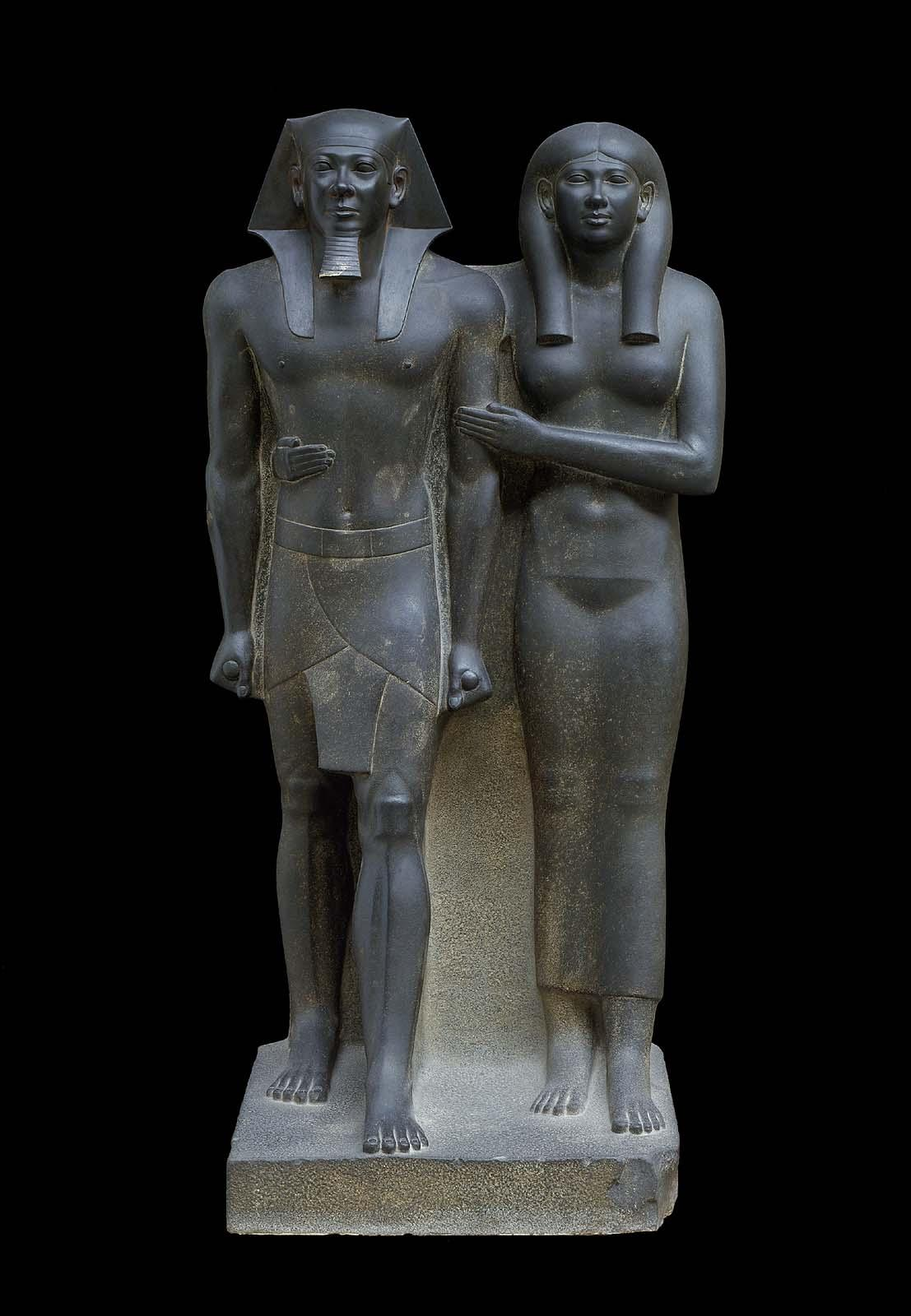
(4)
King Menkaura and queen
Old Kingdom, Fourth Dynasty
c. 2490 ~ 2472 BCE
greywacke

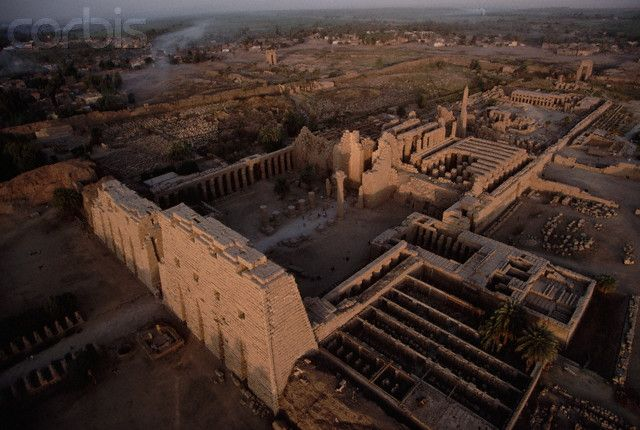
(5)
Temple of Amun-Re and Hypostyle Hall
Karnak, near Luxor, Egypt
New Kingdom, 18th and 19th Dynasties
c. 1550 BCE (temple); c. 1250 BCE (hall)
cut sandstone + mud brick
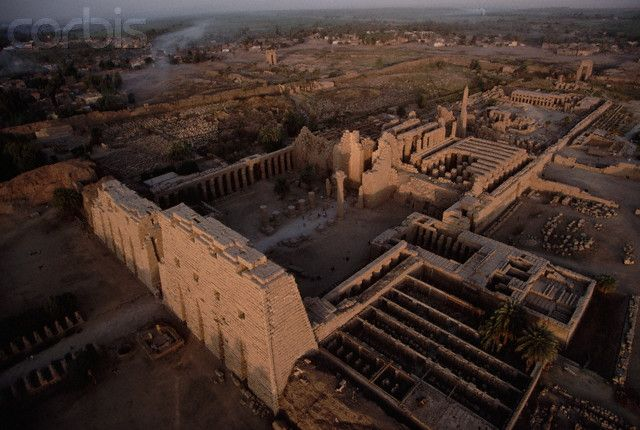
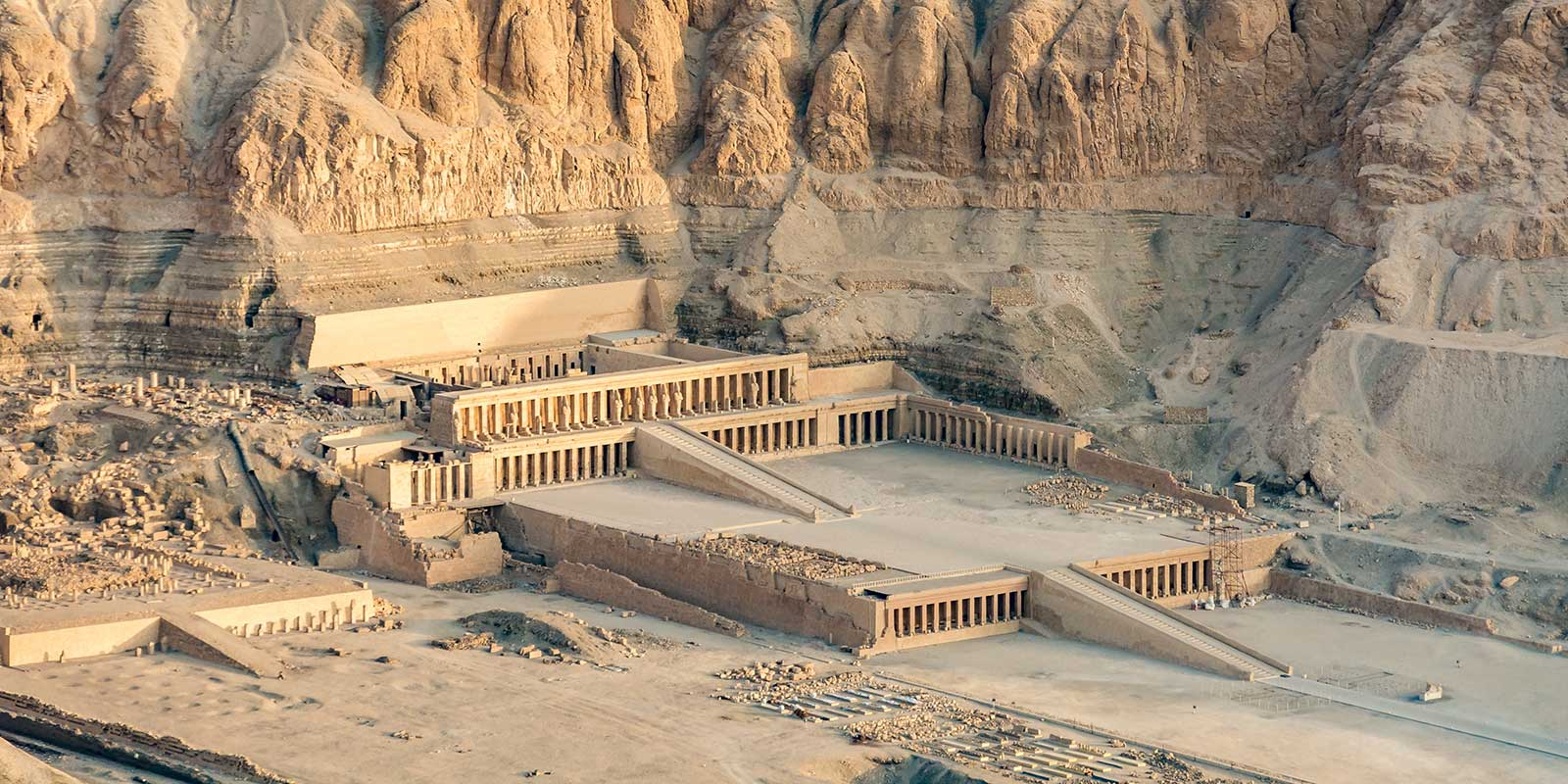
(5)
Mortuary temple of Hatshepsut
near Luxor, Egypt
New Kingdom, 18th Dynasty
c. 1473 ~ 1458 BCE
sandstone (partially carved into a rock cliff) and red granite
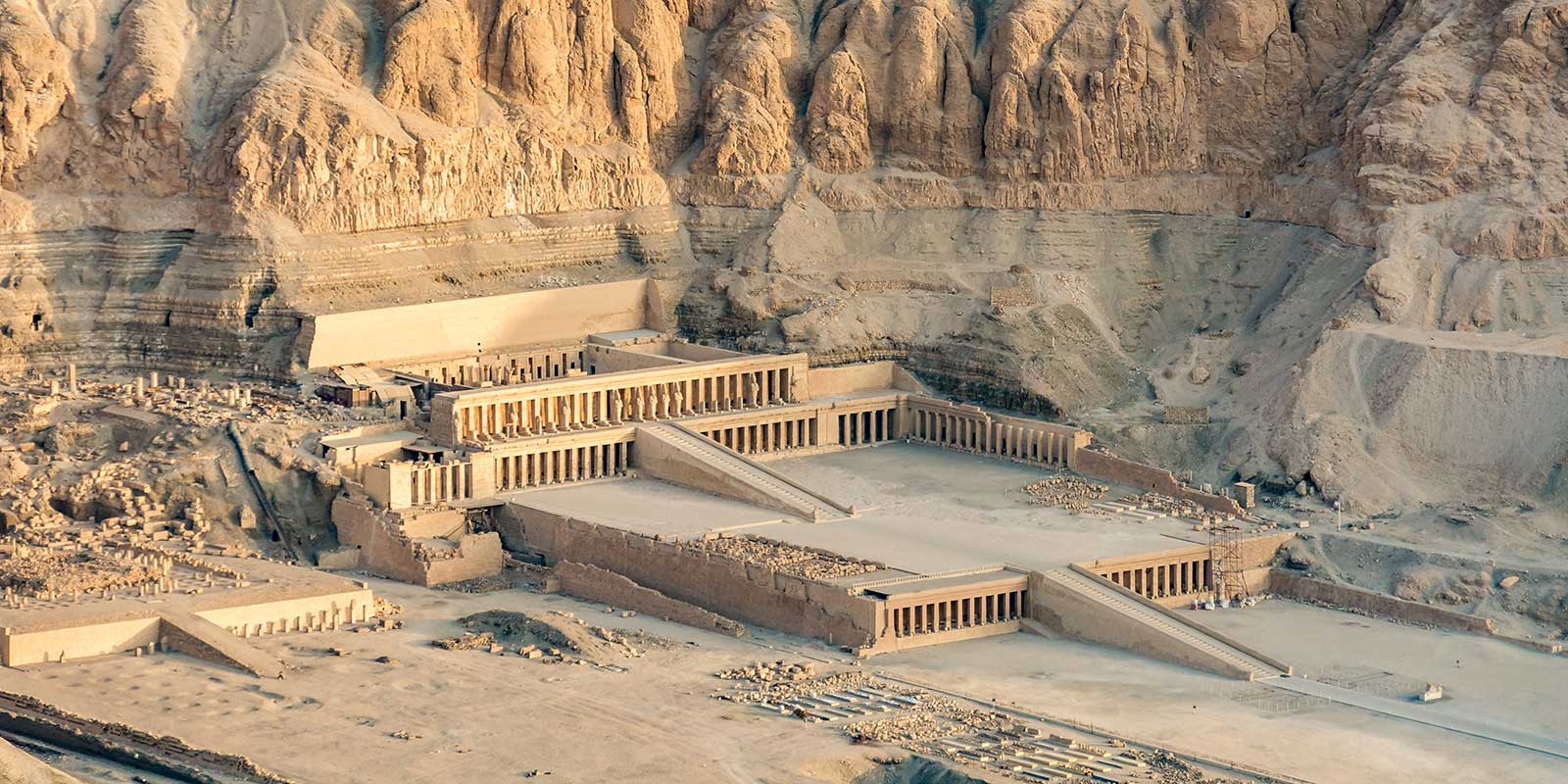
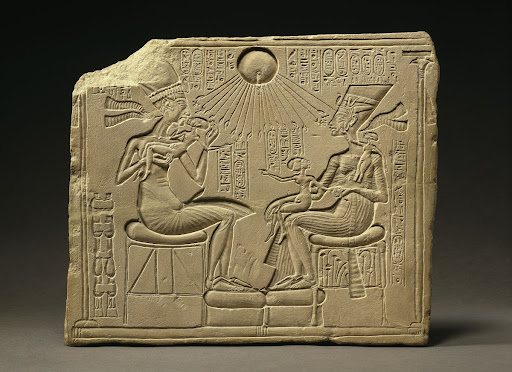
(4)
Akhenaten, Nefertiti, and three daughters
New Kingdom (Amarna period), 18th Dynasty
c. 1353 - 1335 BCE
limestone
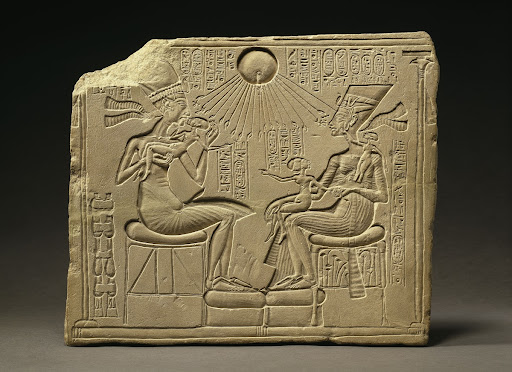

(4)
Tutankhamun’s tomb, innermost coffin
New Kingdom, 18th Dynasty
c. 1323 BCE
gold with inlay of enamel and semiprecious stones
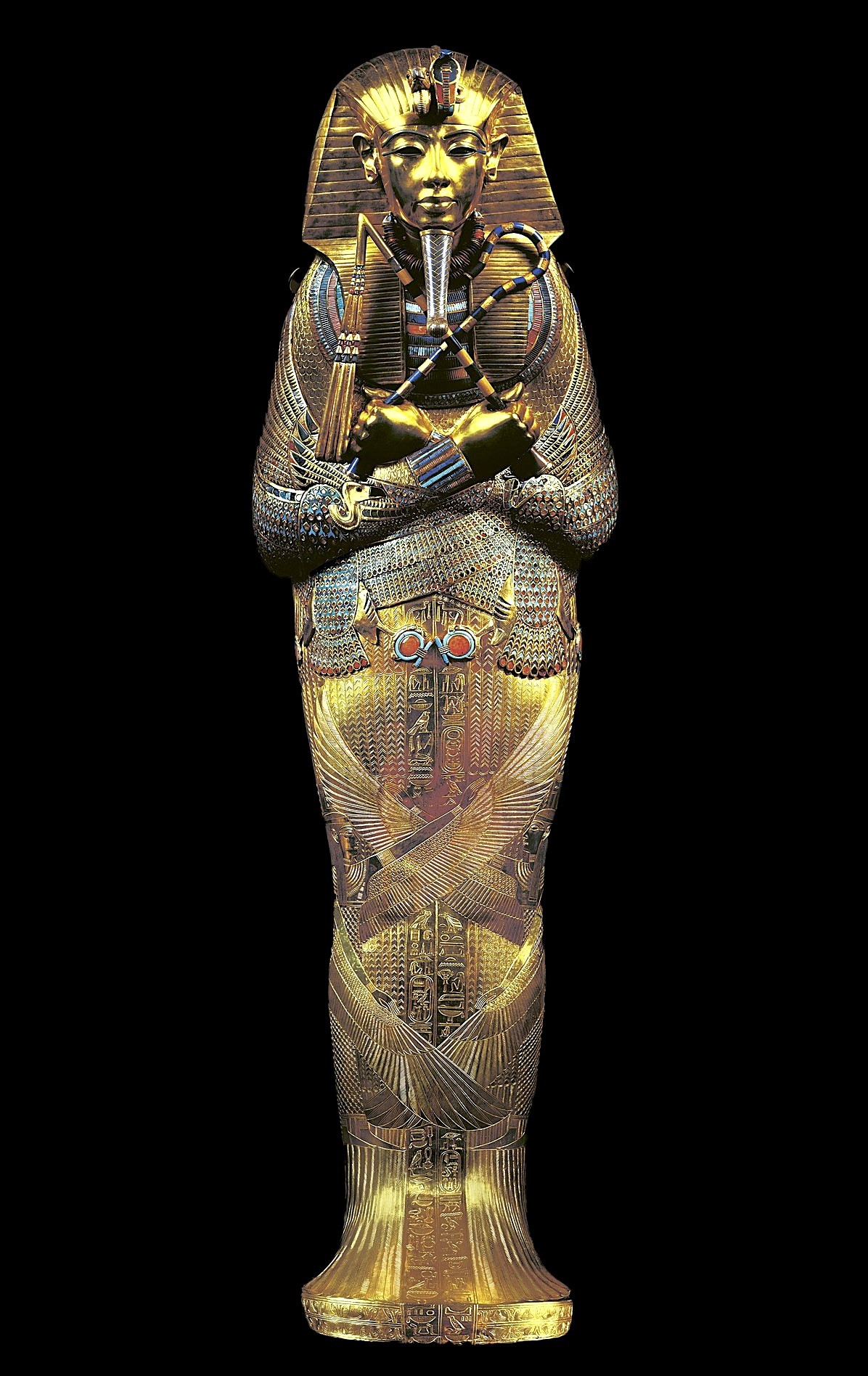
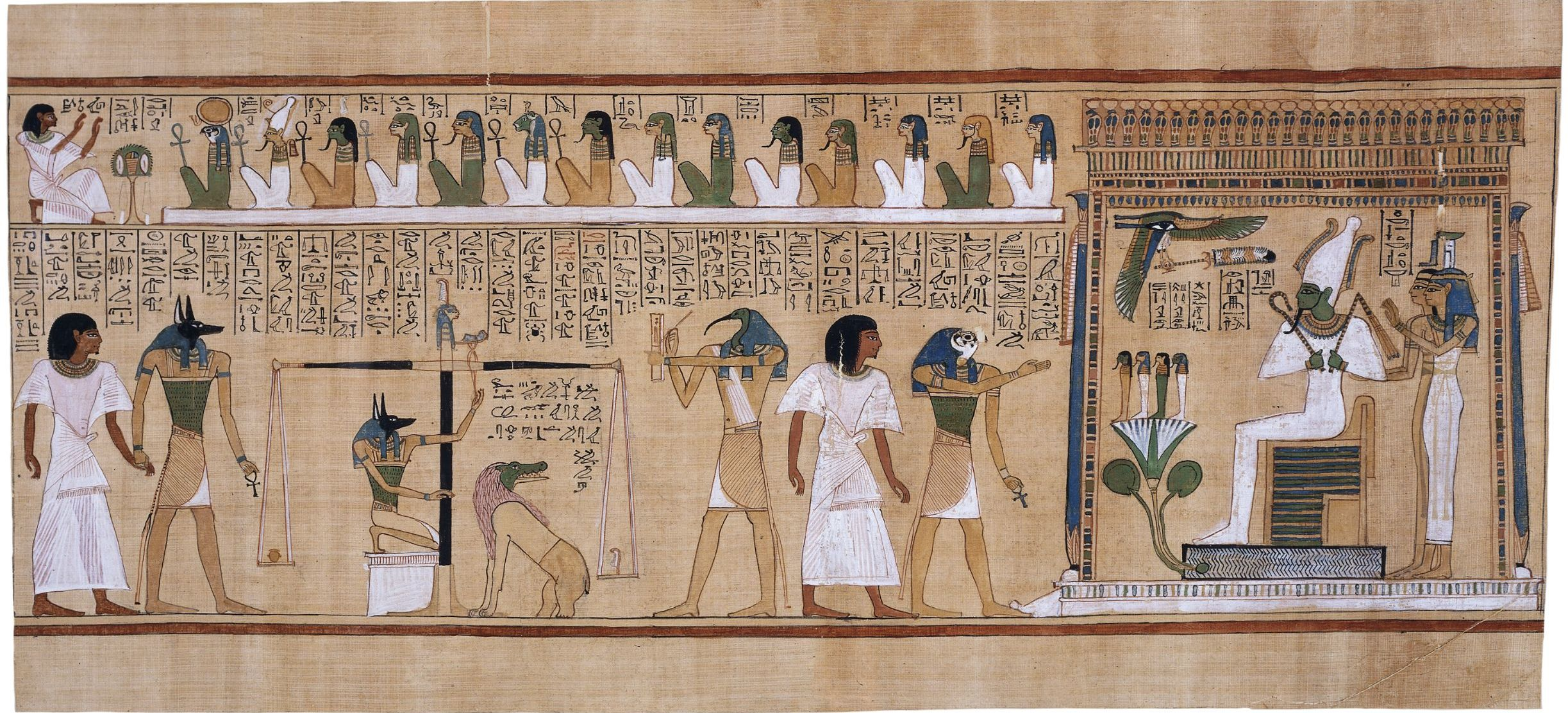
(4)
Last Judgment of Hunefer, from his tomb (page from the Book of the Dead)
New Kingdom, 19th Dynasty
c. 1275 BCE
painted papyrus scroll
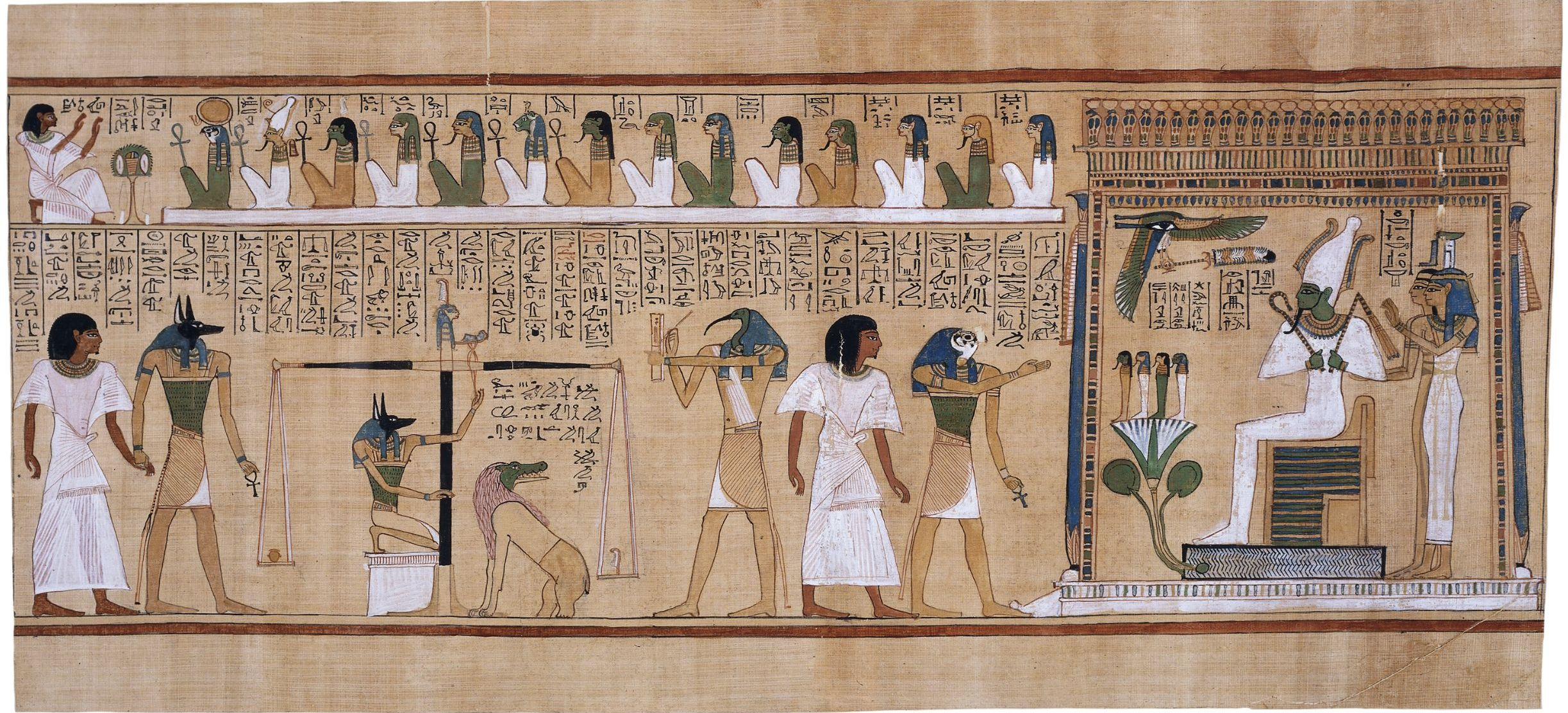
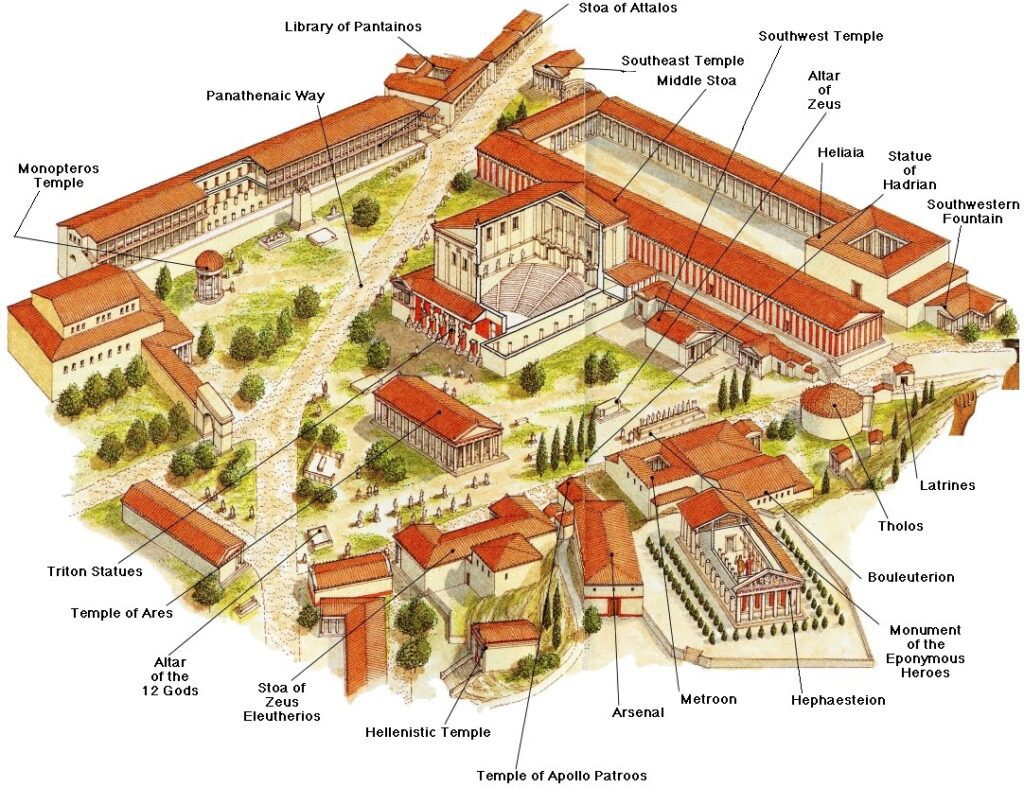
(4)
Athenian agora
Archaic ~ Hellenistic Greek
600 BCE ~ 150 BCE
plan
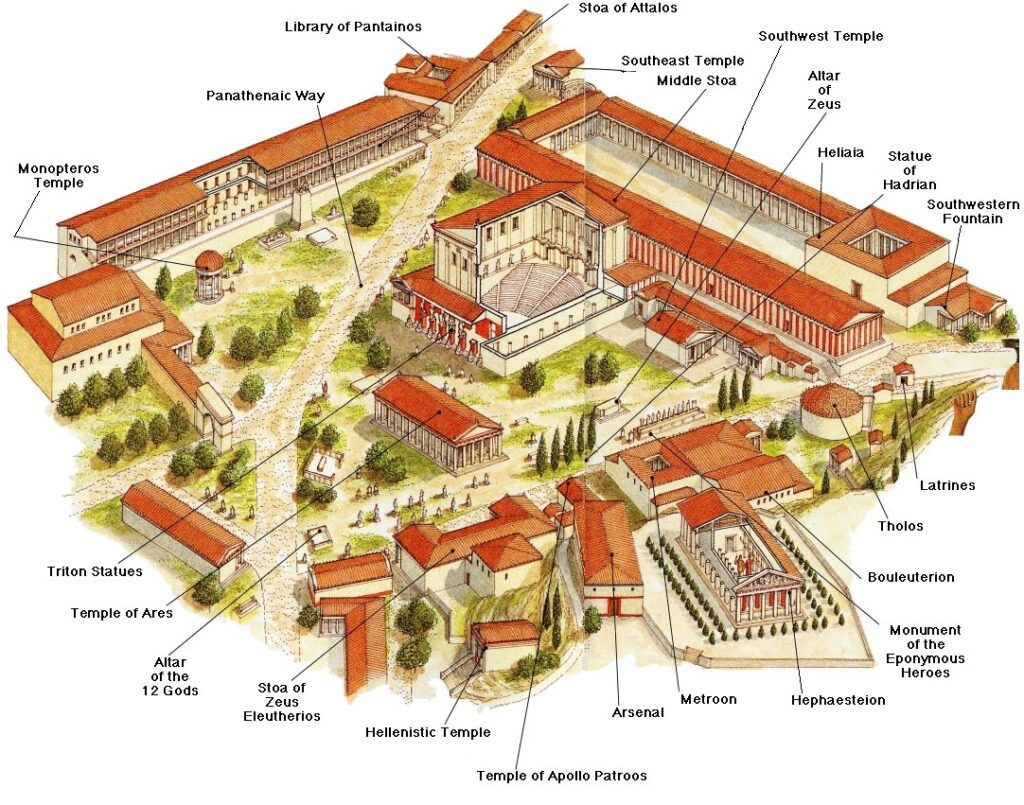

(4)
Anavysos Kouros
Archaic Greek
c. 530 BCE
marble with remnants of paint
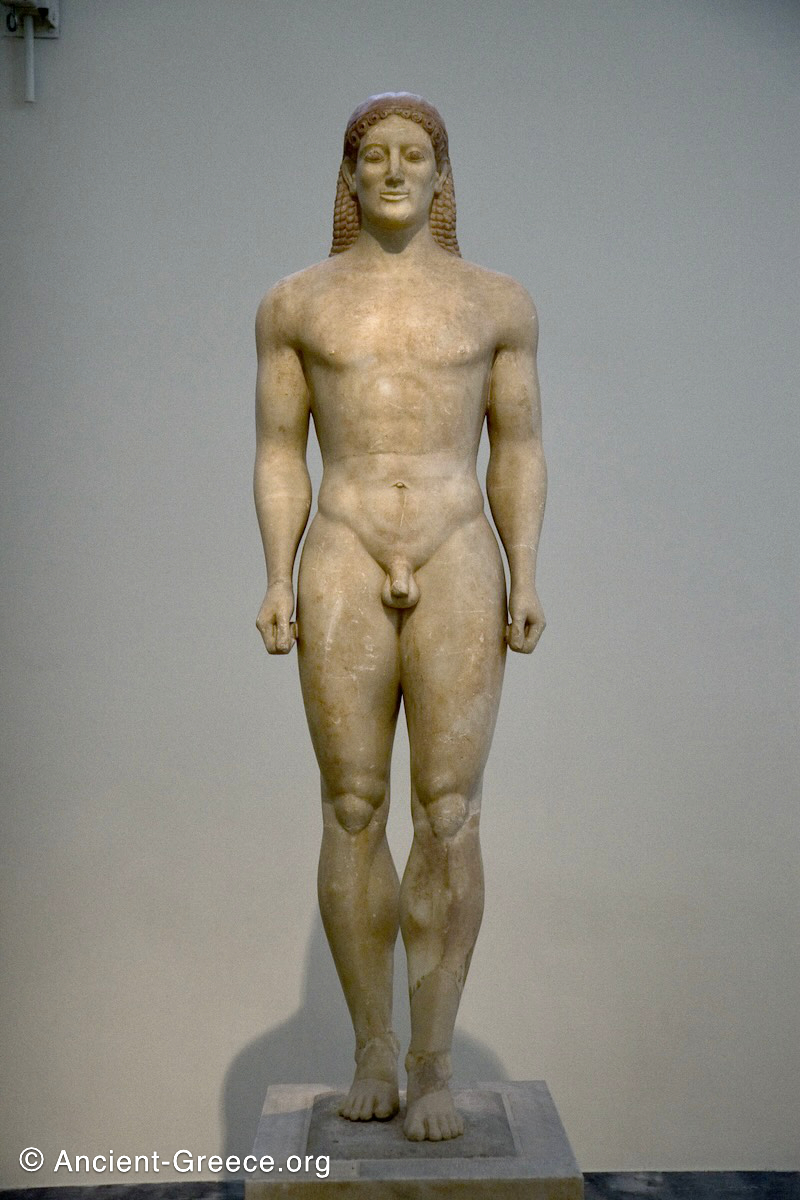

(4)
Peplos Kore from the Acropolis
Archaic Greek
c. 530 BCE
marble, painted details

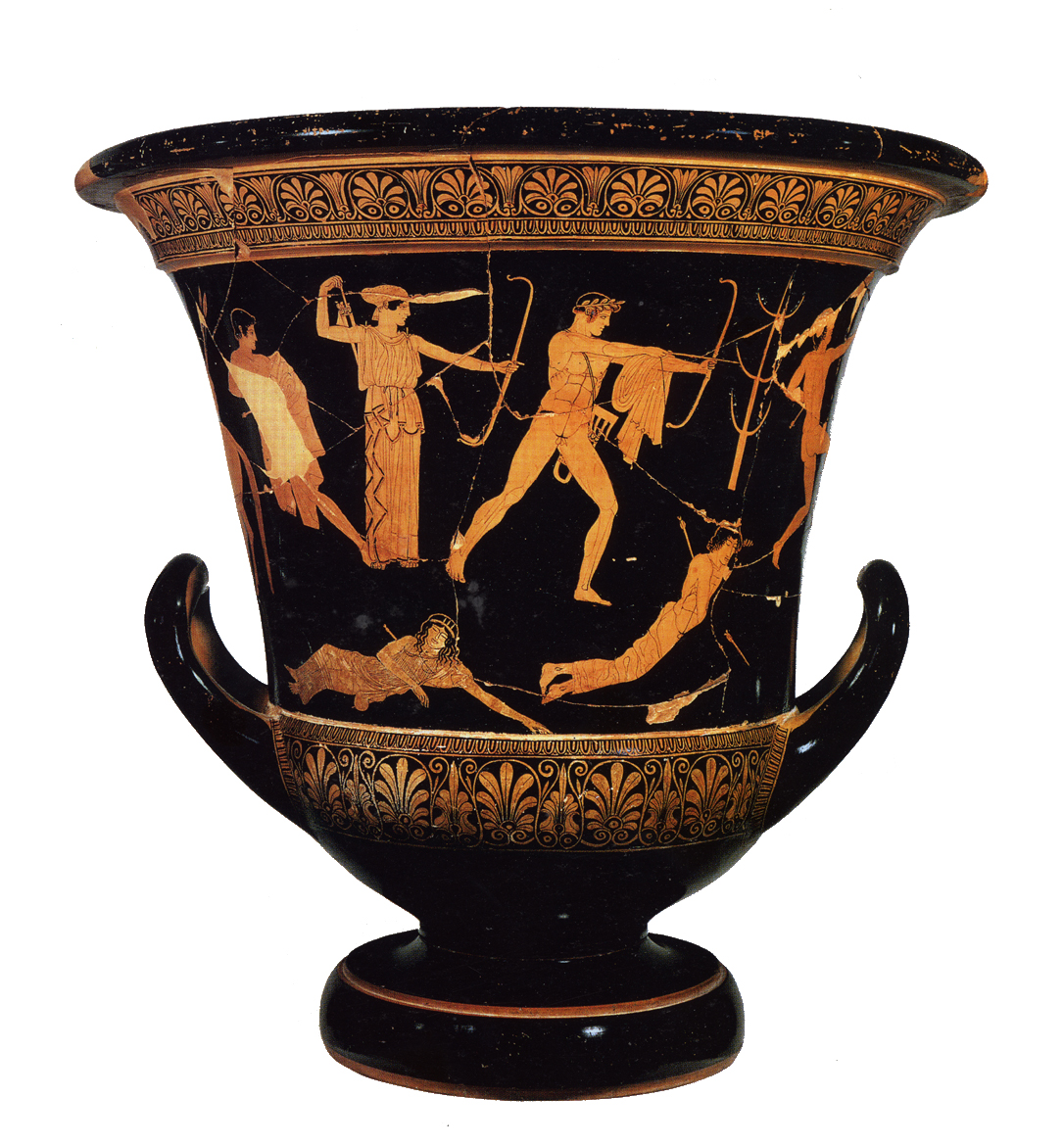
(4)
Niobides Krater
Niobid Painter (anonymous vase painter of Classical Greece)
c. 460 ~ 450 BCE
clay, red-figure technique (white highlights)

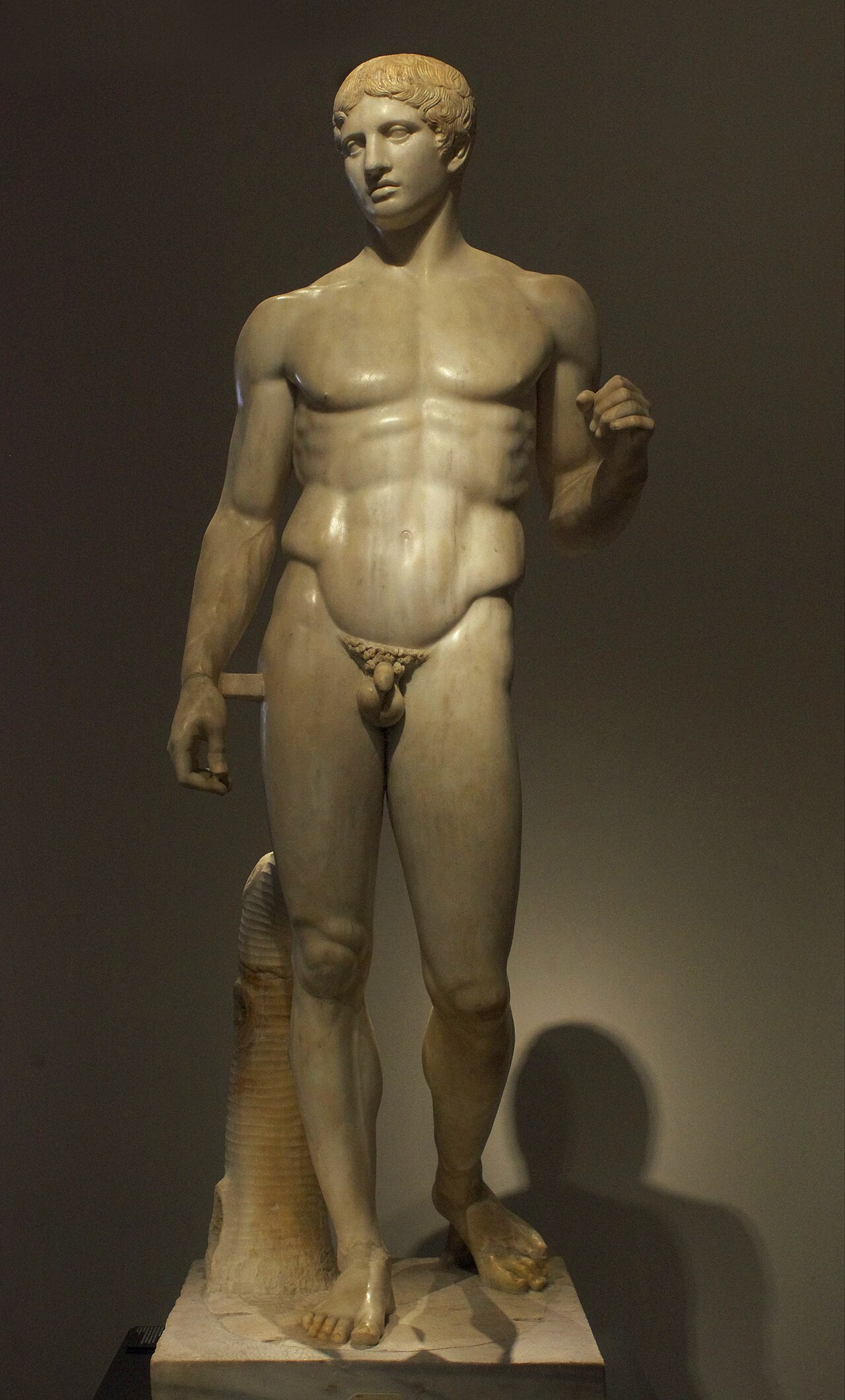
(4)
Doryphoros (Spear Bearer)
Severe Style / Early Classical Greek
orig. 450 ~ 440 BCE
Roman copy (marble) of Greek original (bronze)

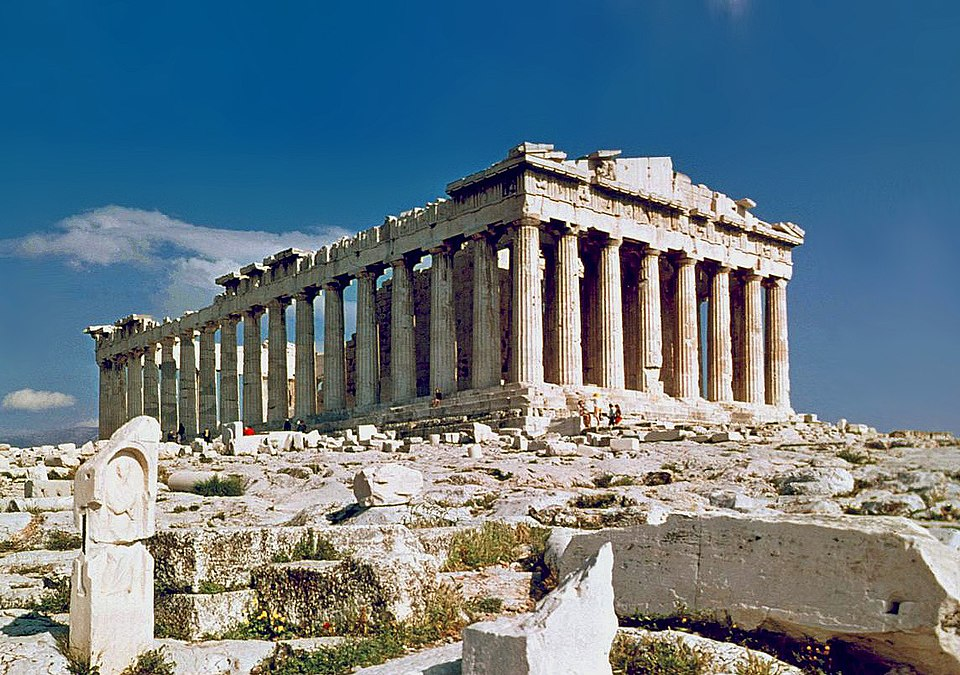
(5)
Parthenon (from the Athenian Acropolis)
Iktinos and Kallikrates
High Classical Greek
c. 447 ~ 432 B.C.E.
marble
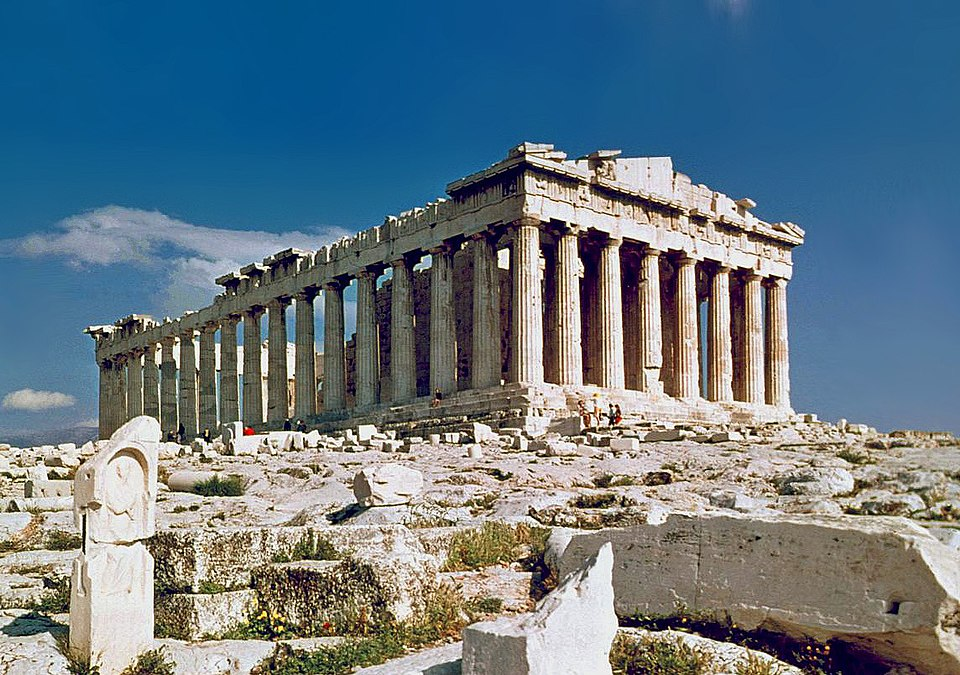
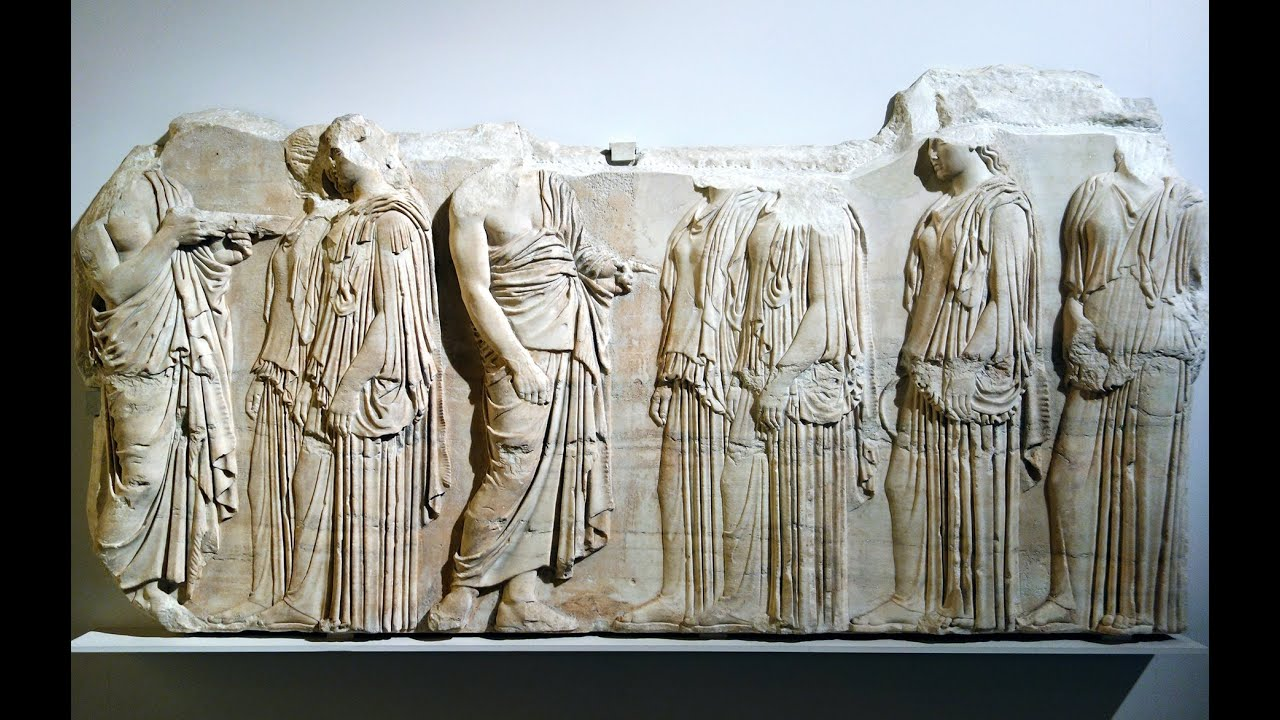
(4)
Plaque of the Ergastines
High Classical Greek
c. 445–438 B.C.E.
marble
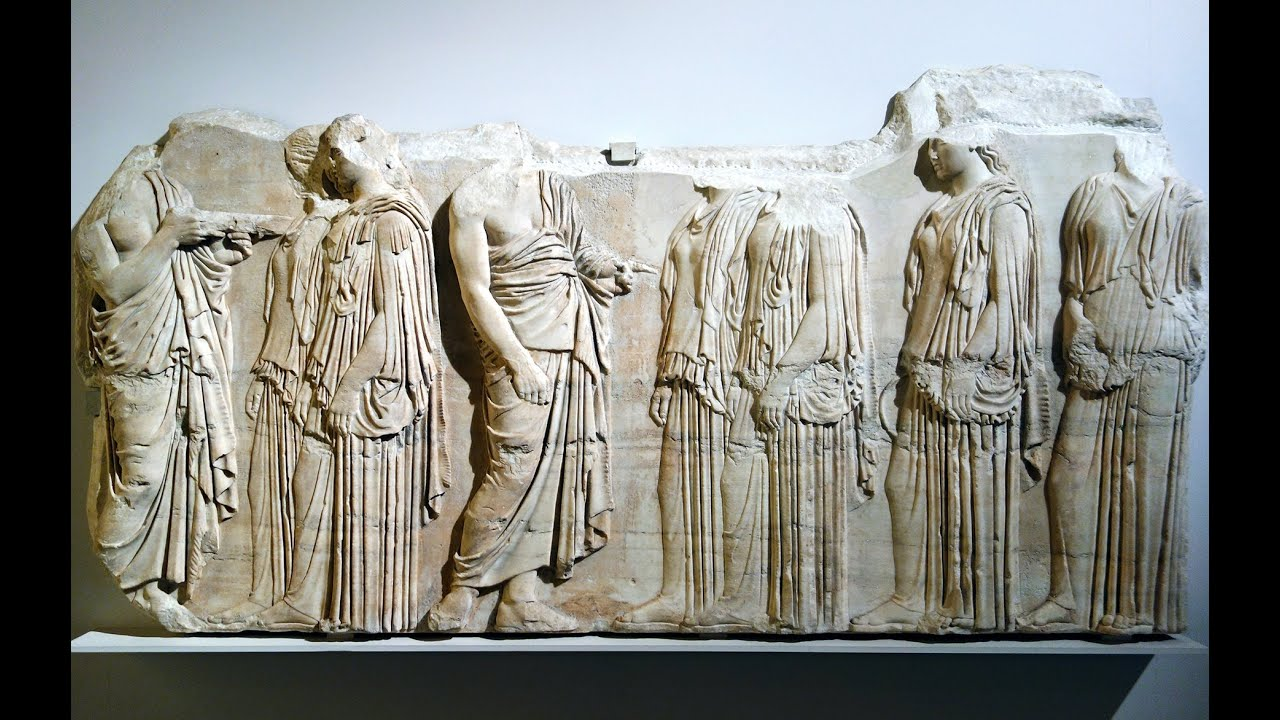
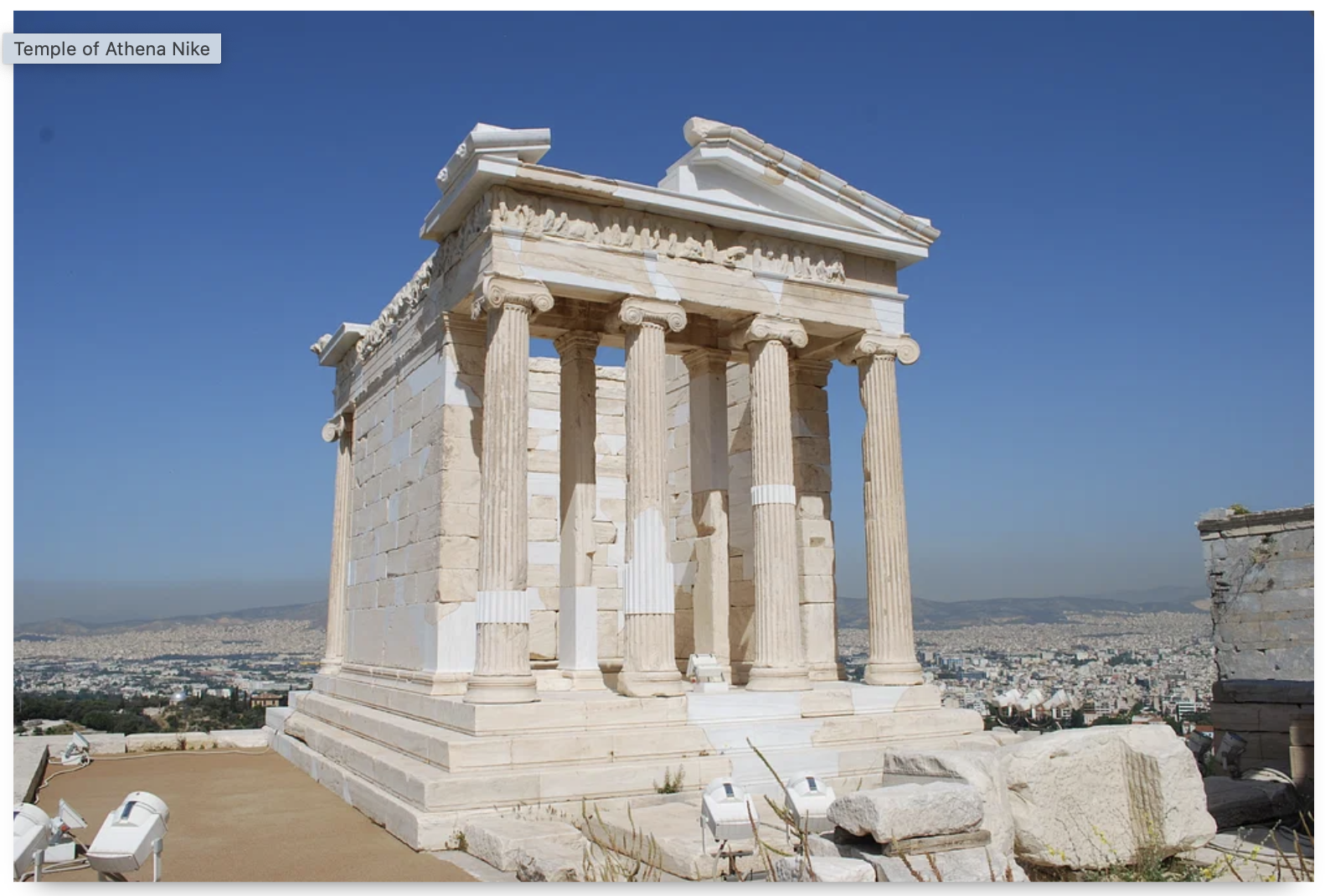
(4)
Temple of Athena Nike
High Classical Greek
c. 421 ~ 405 BCE
marble
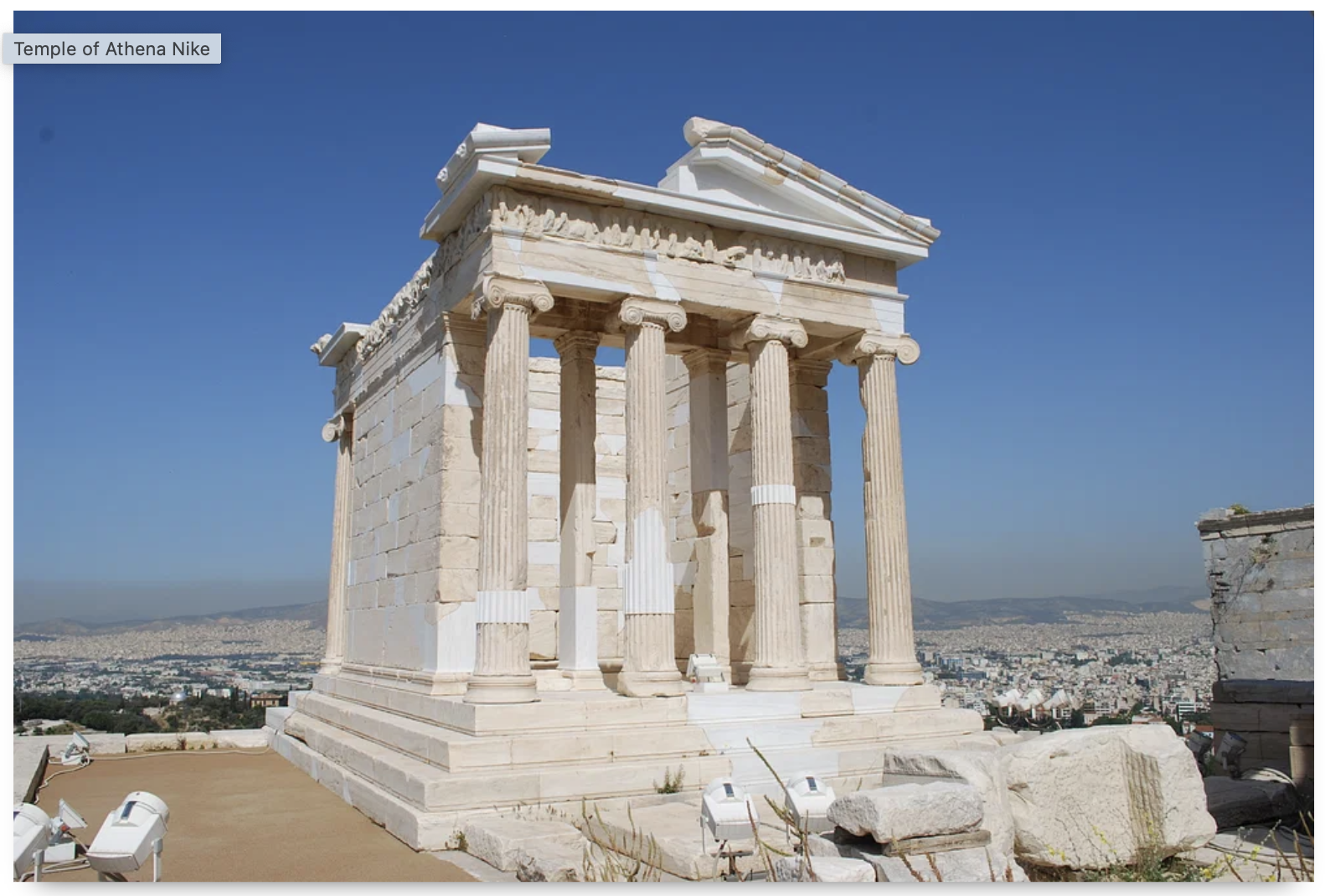
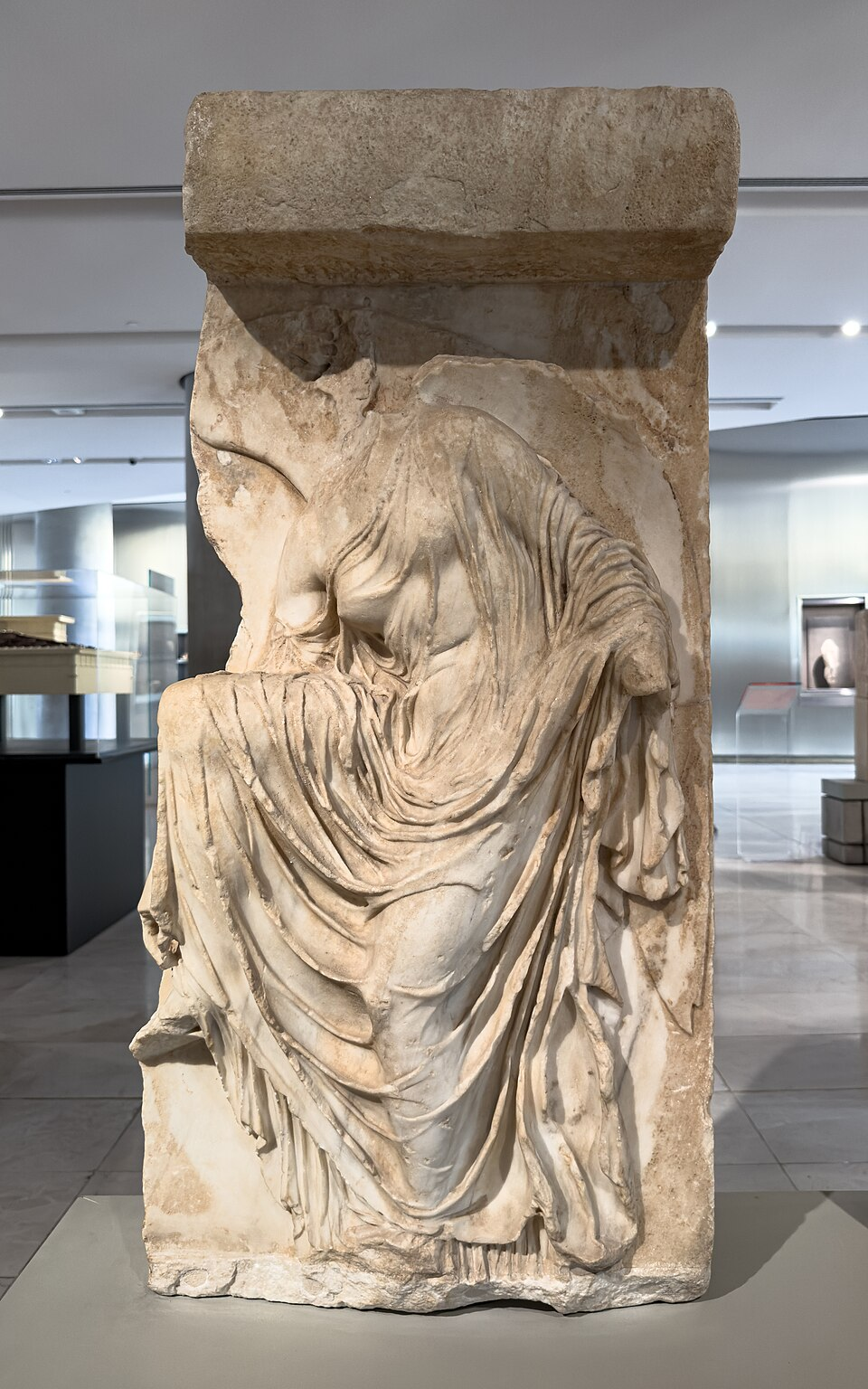
(4)
Victory adjusting her sandal
High Classical Greek
c. 410 BCE
marble
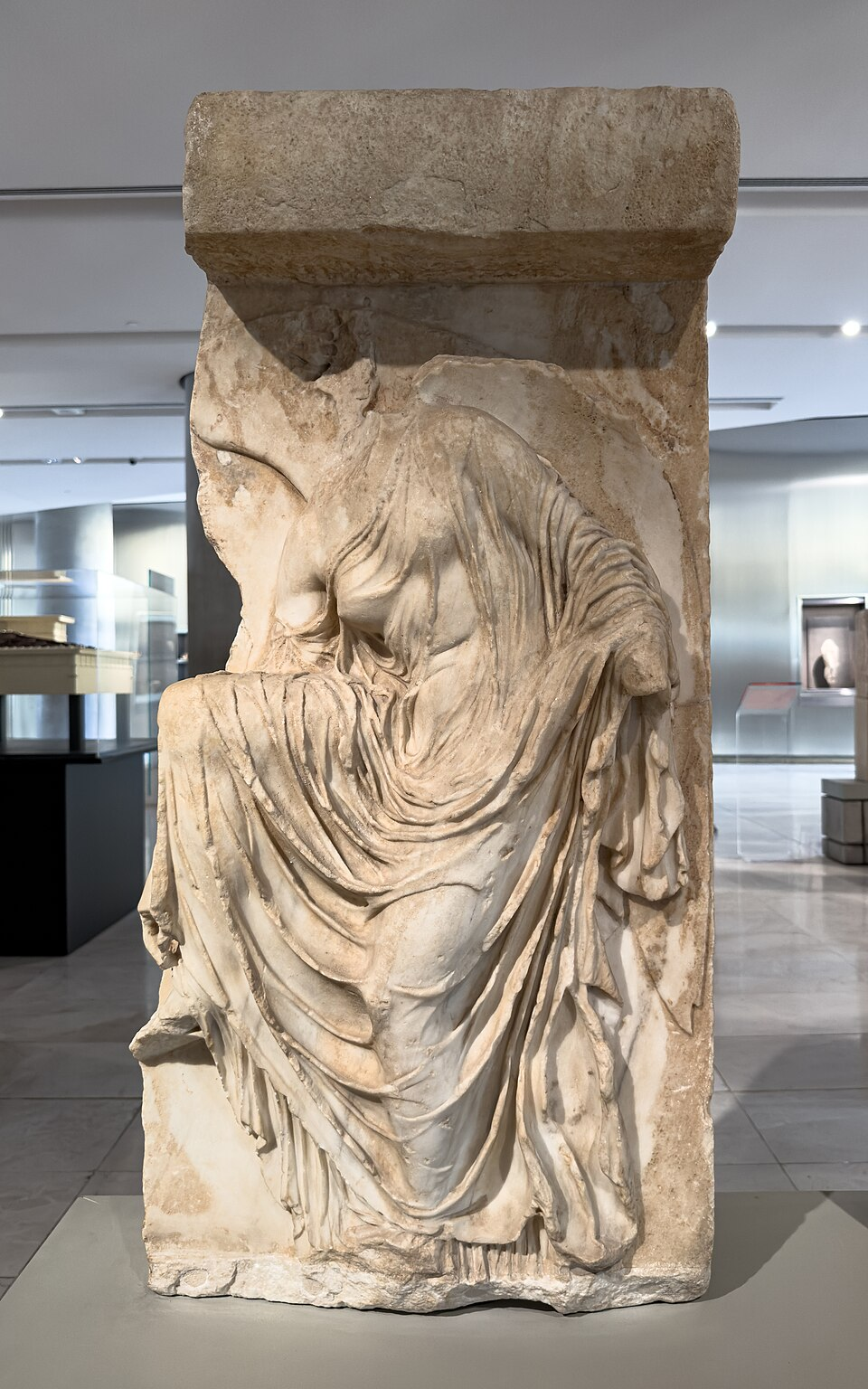
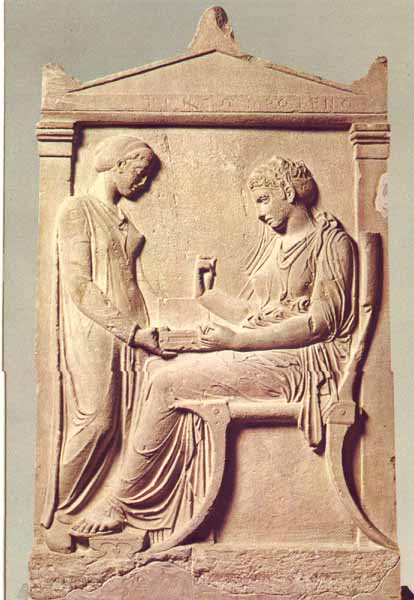
(4)
Grave stele of Hegeso
attributed to Kallimachos
c. 410 BCE
marble and paint
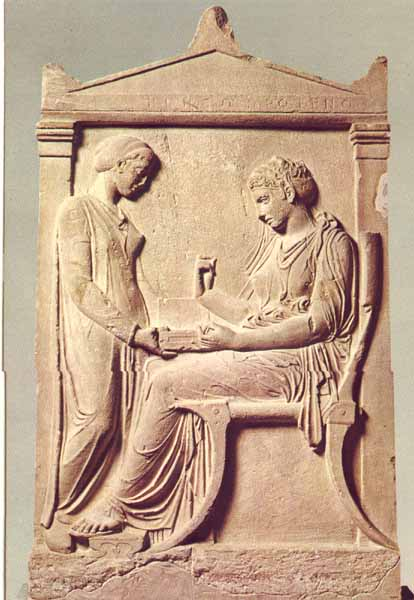

(4)
Winged Victory of Samothrace
Hellenistic Greek
c. 190 BCE
marble
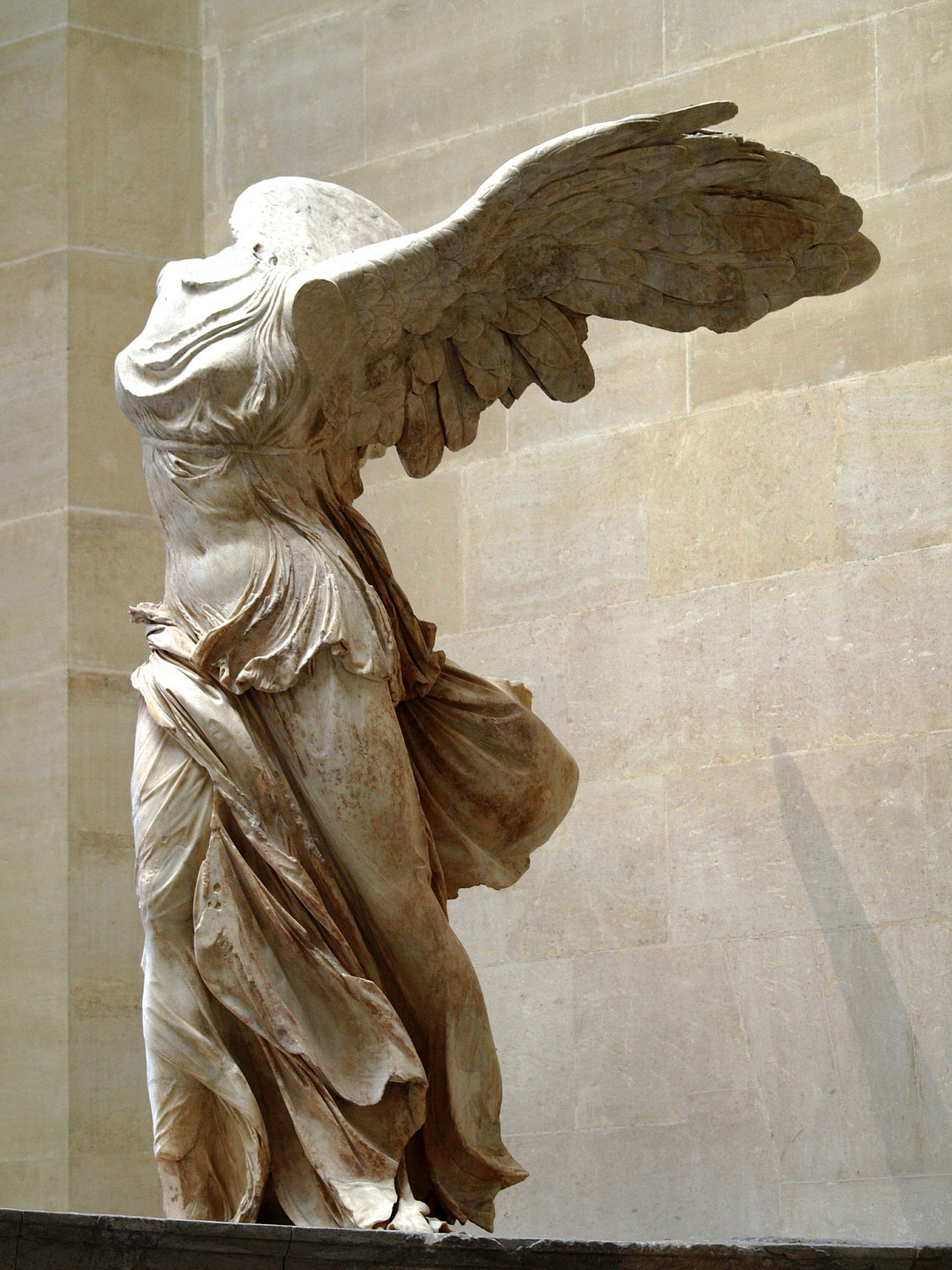
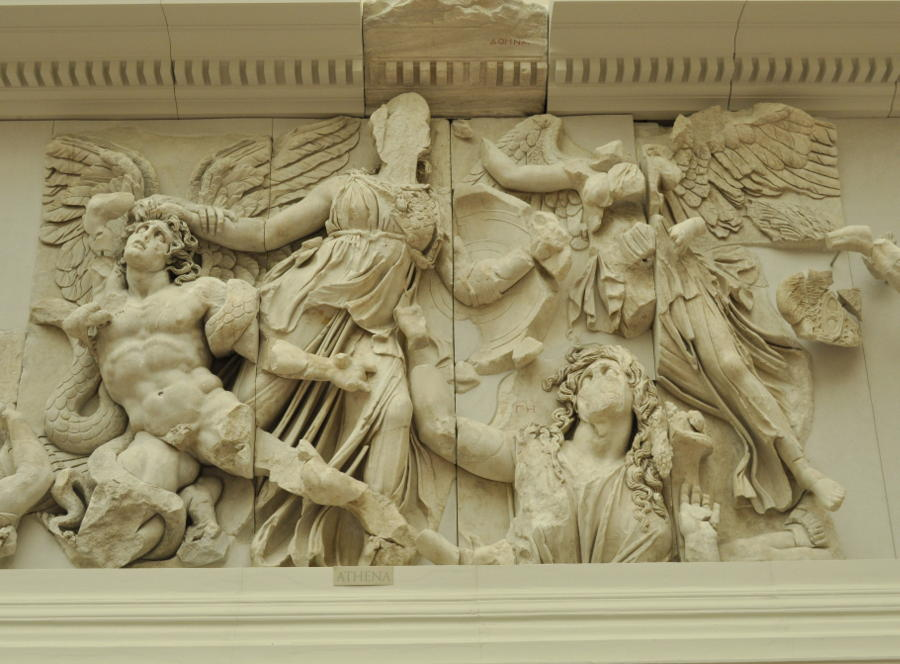
(5)
Great Altar of Zeus and Athena at Pergamon
Asia Minor (present-day Turkey)
Hellenistic Greek
c. 175 BCE
marble (architecture and sculpture)
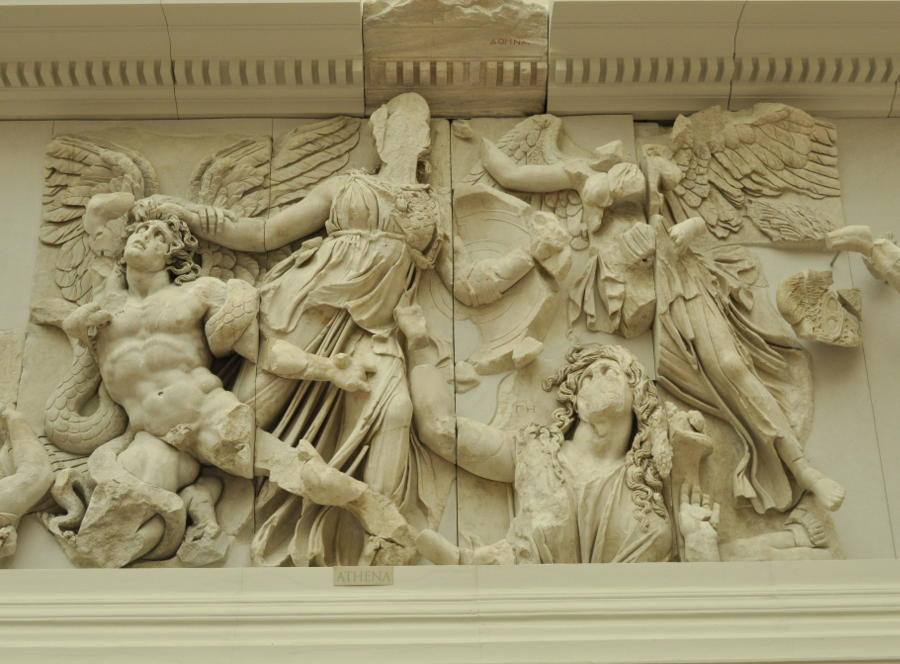
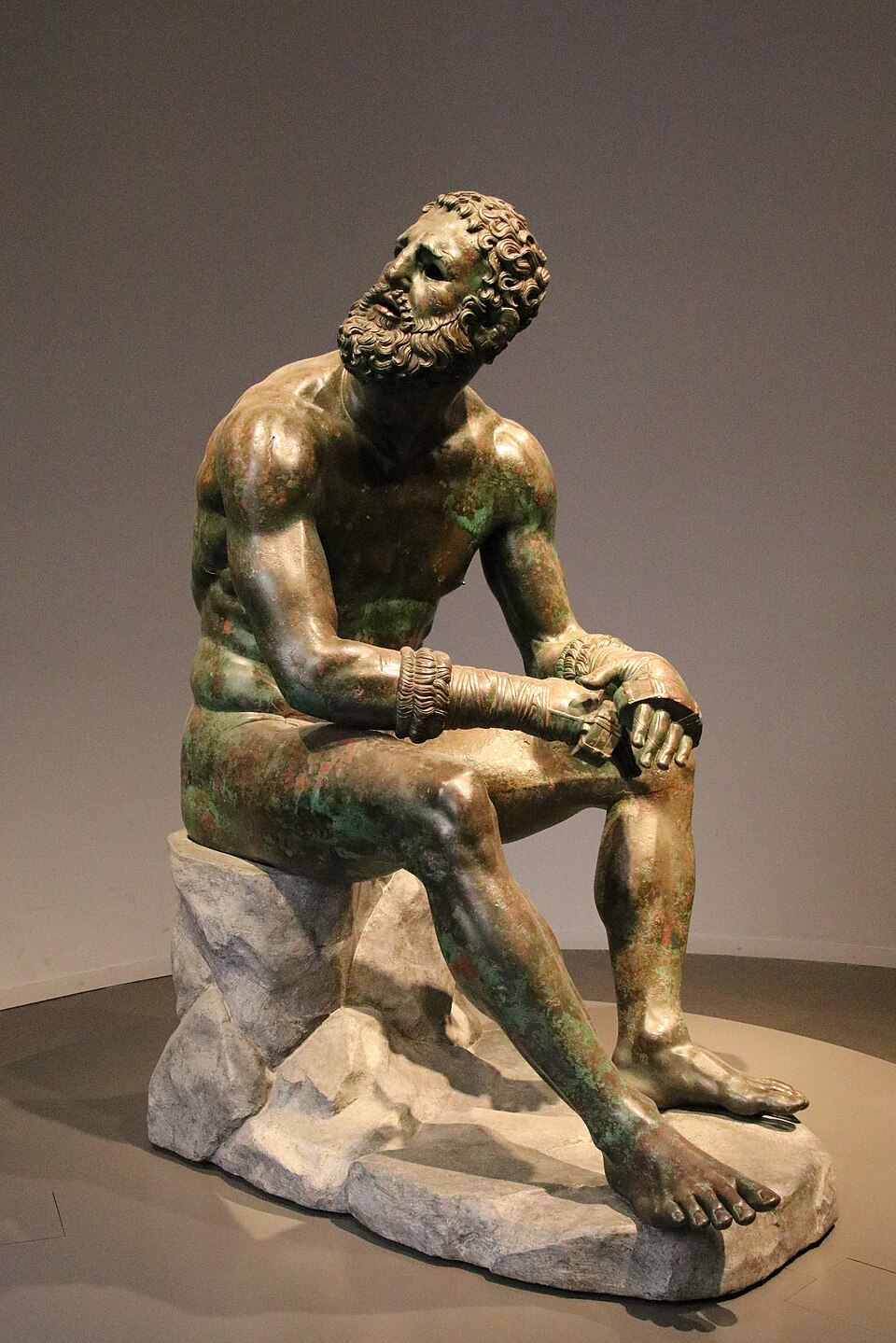
(4)
Seated boxer
Hellenistic Greek
c. 100 BCE
bronze
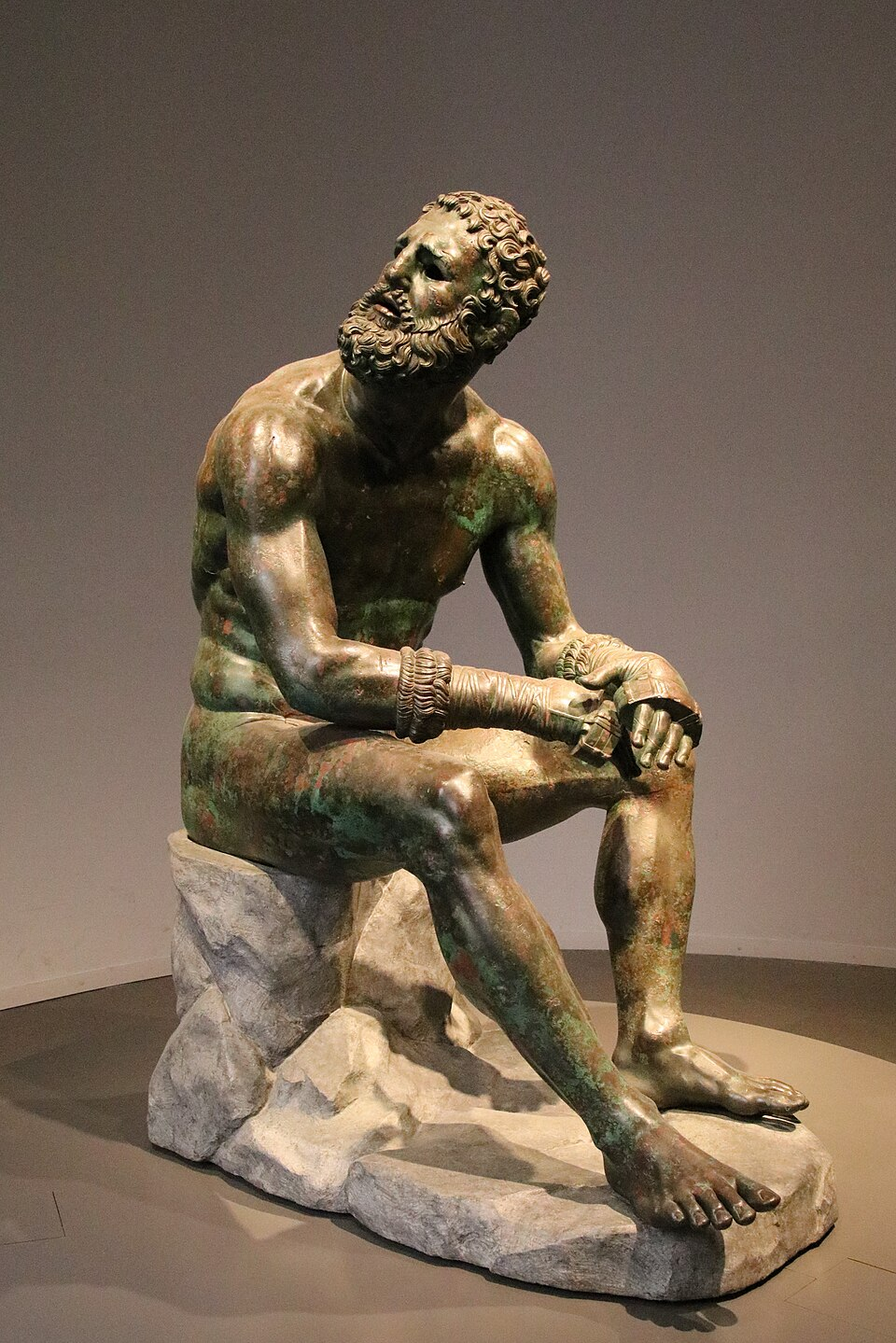
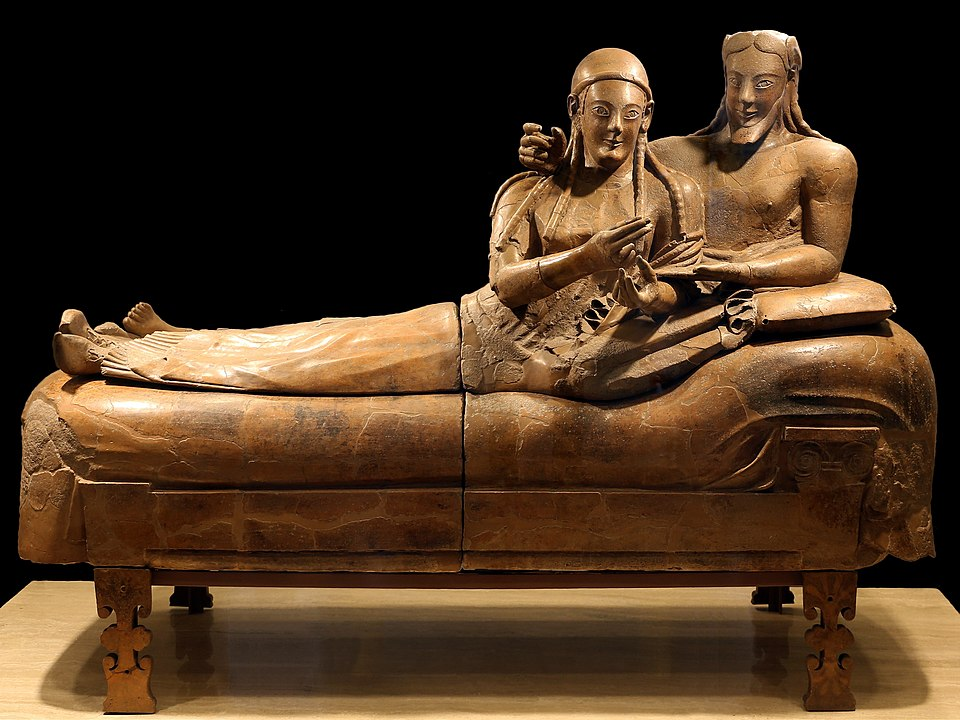
(4)
Sarcophagus of the Spouses
Etruscan
c. 520 BCE
terra cotta
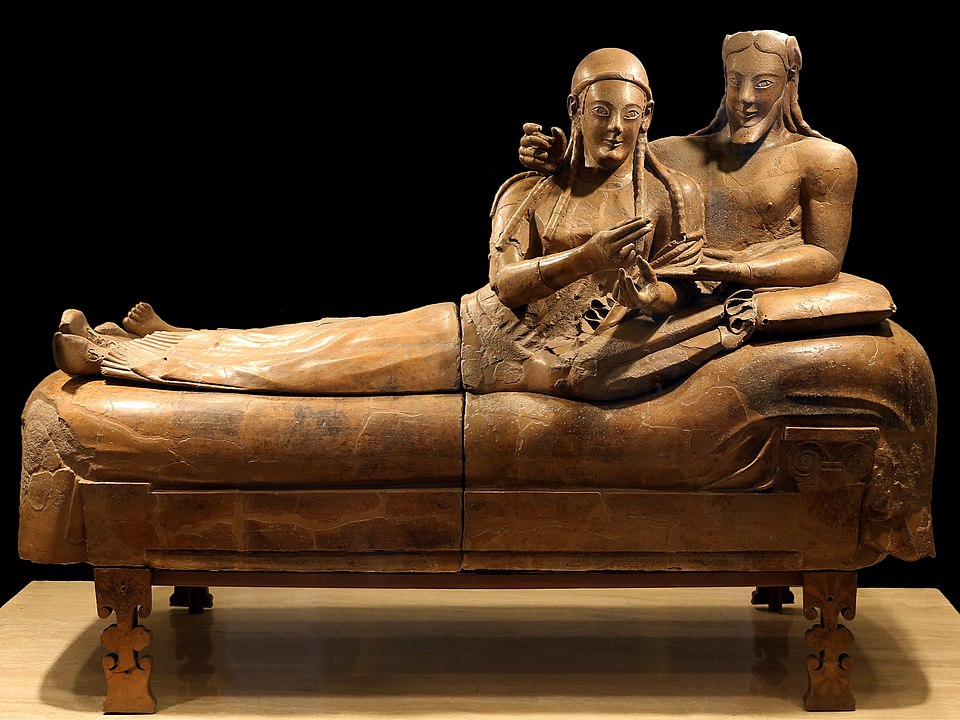
Temple of Minerva (Veii, near Rome, Italy) and sculpture of Apollo
master sculptor Vulca
c. 510 ~ 500 BCE
original temple of wood, mud brick, or tufa (volcanic rock); terra cotta sculpture